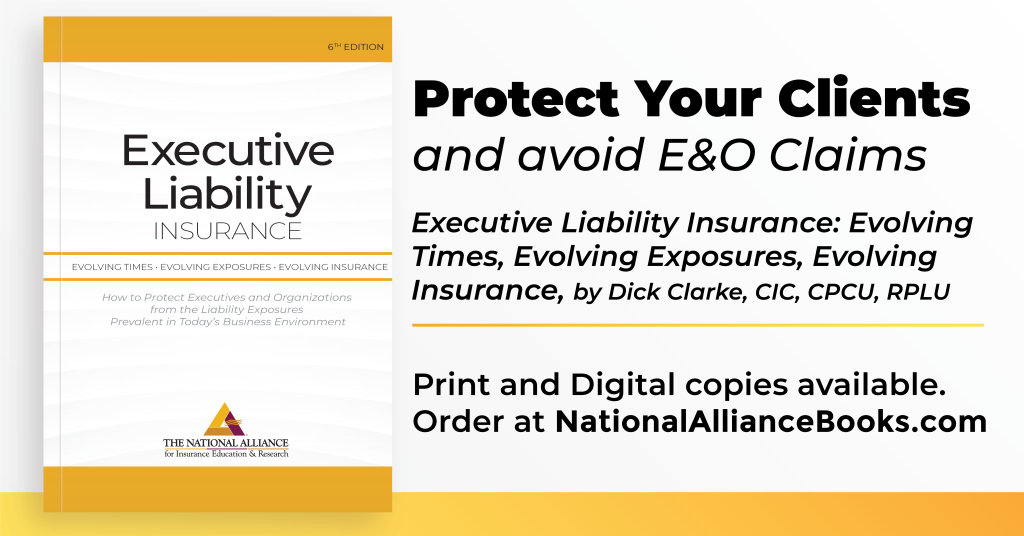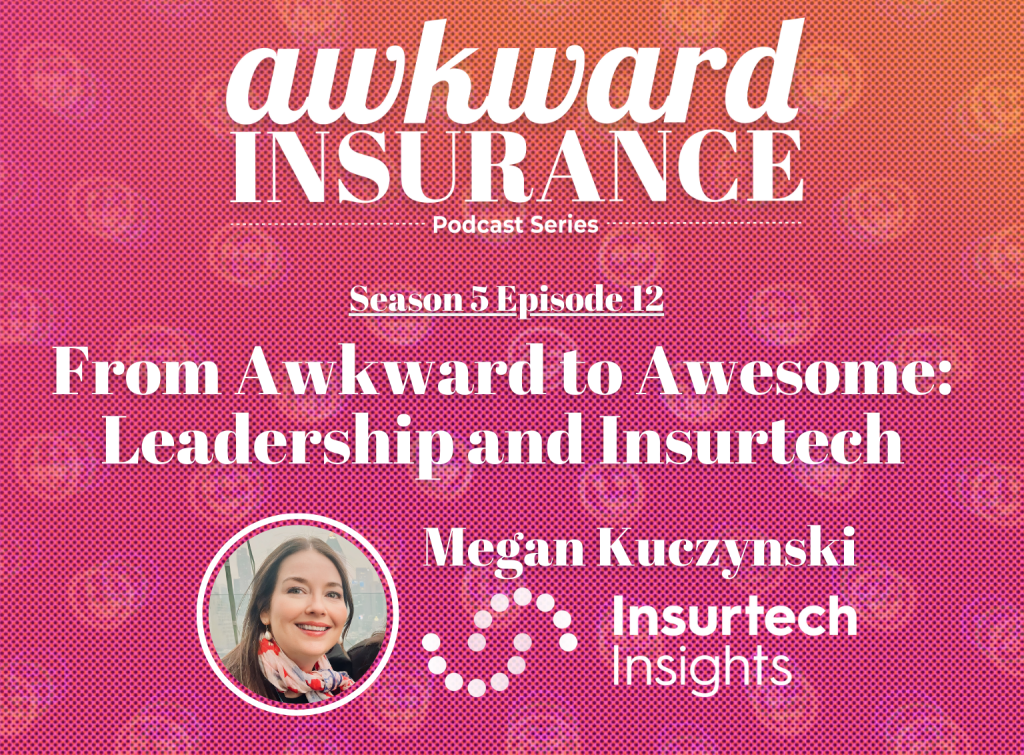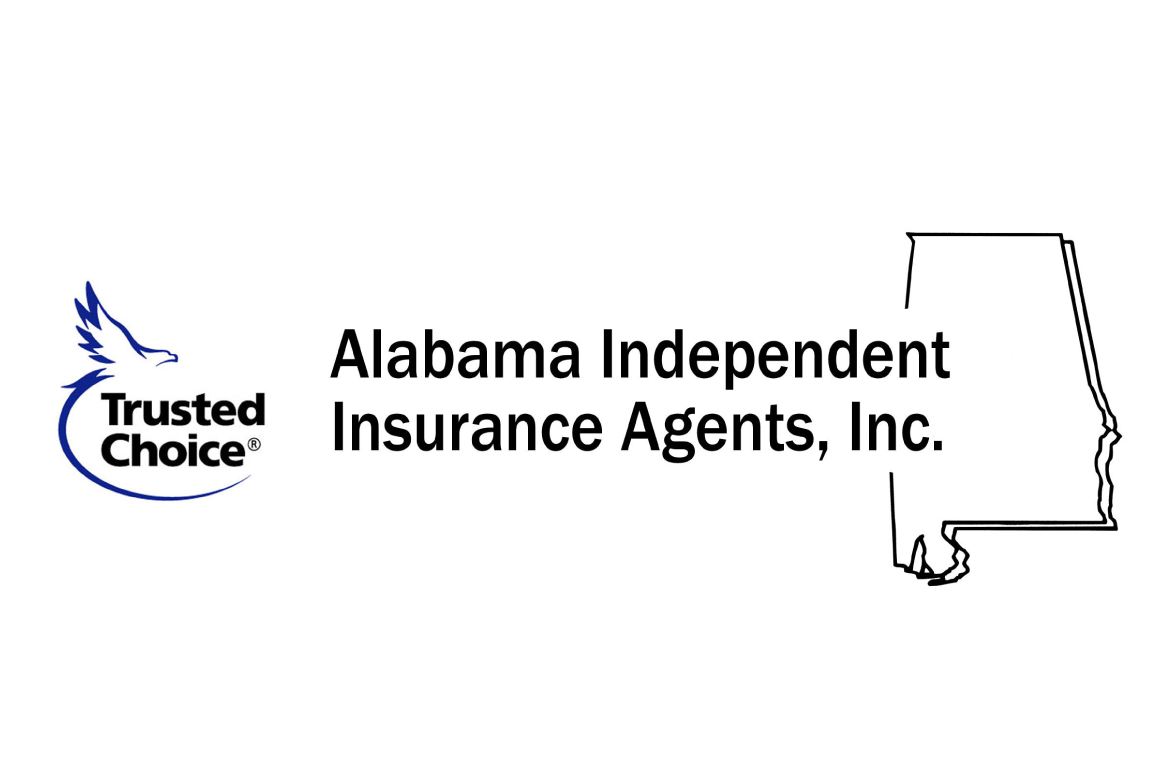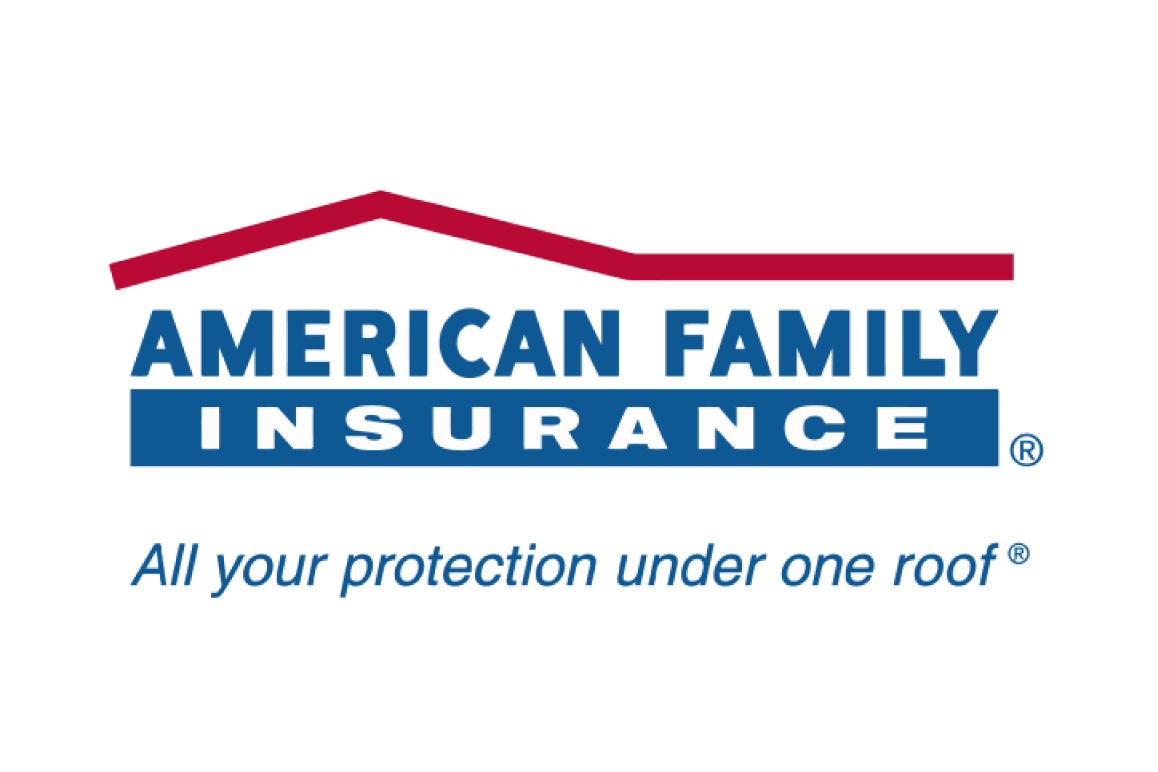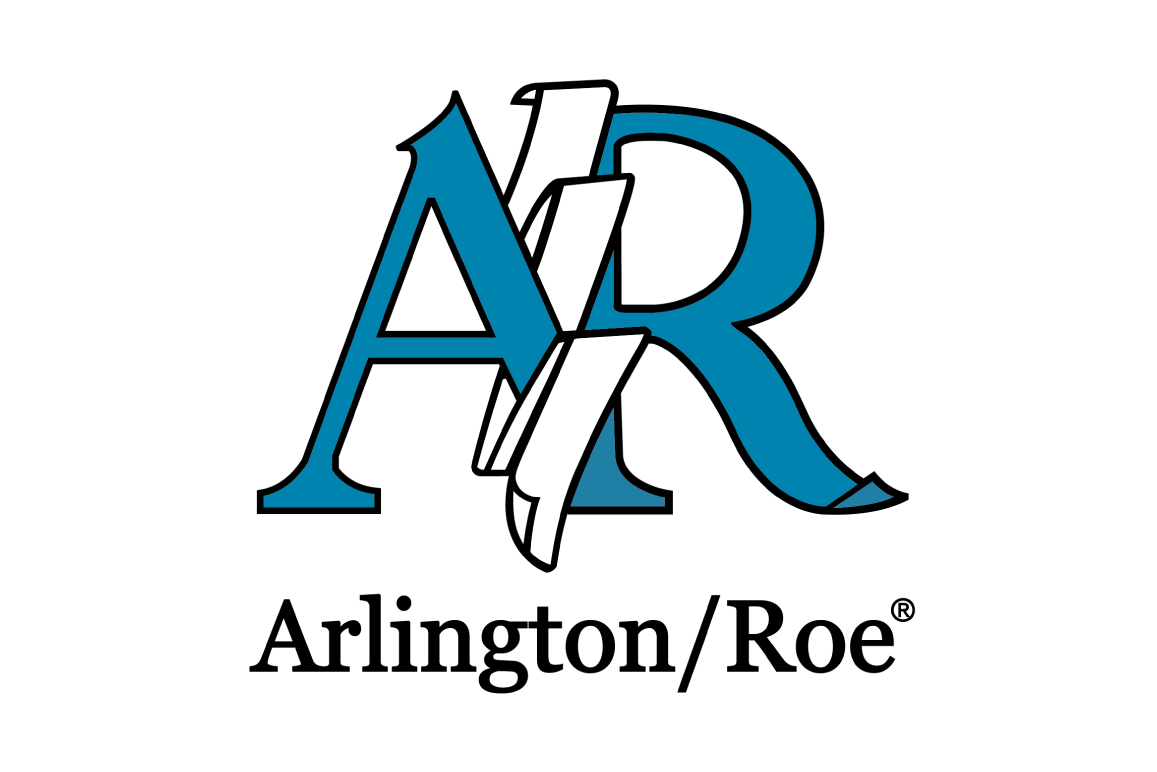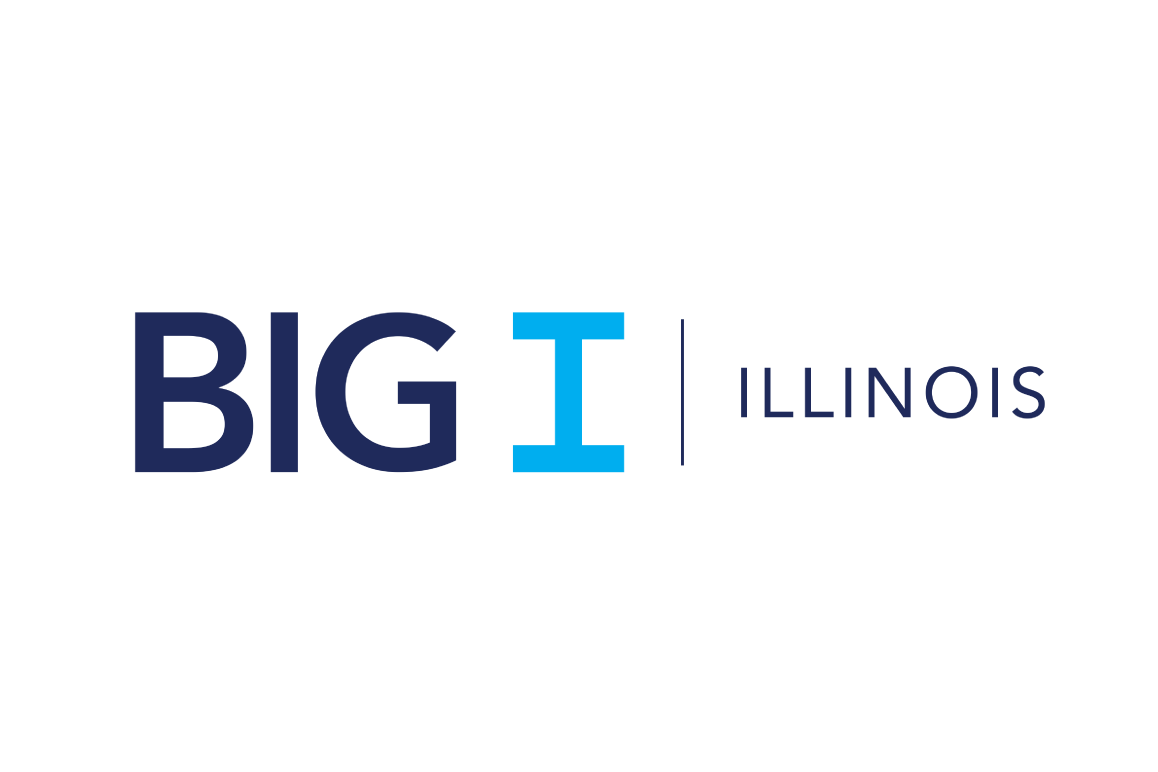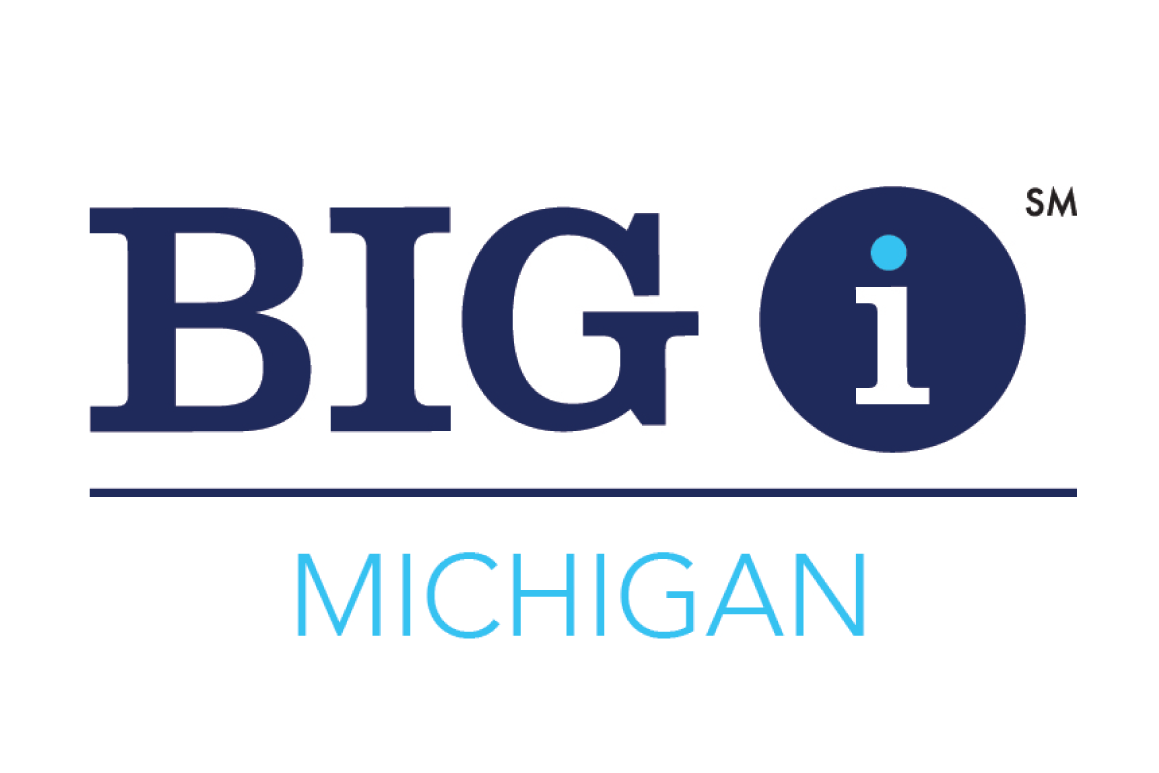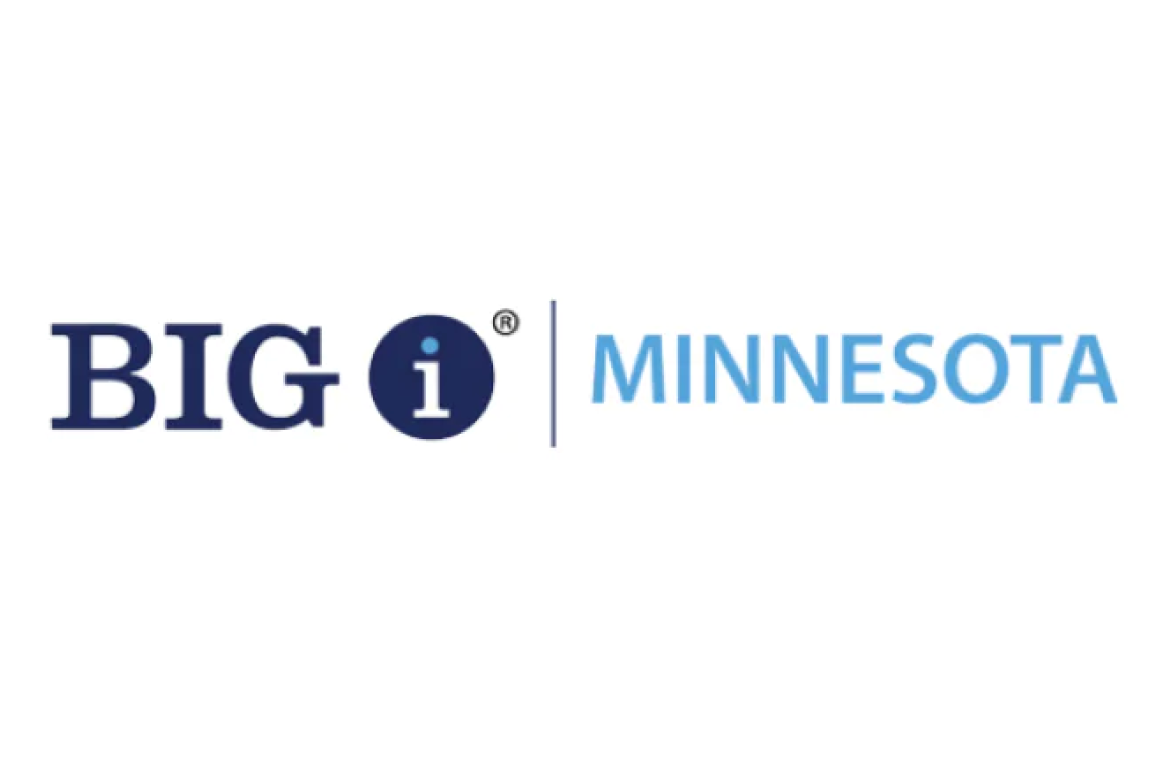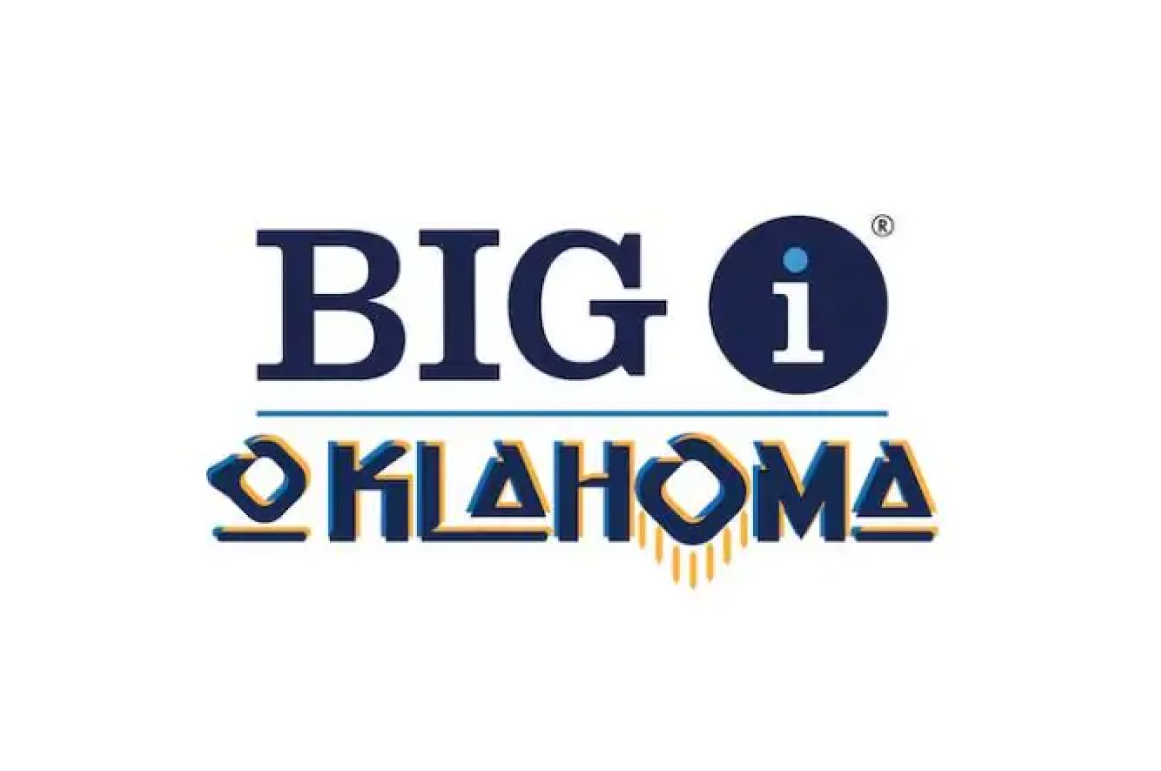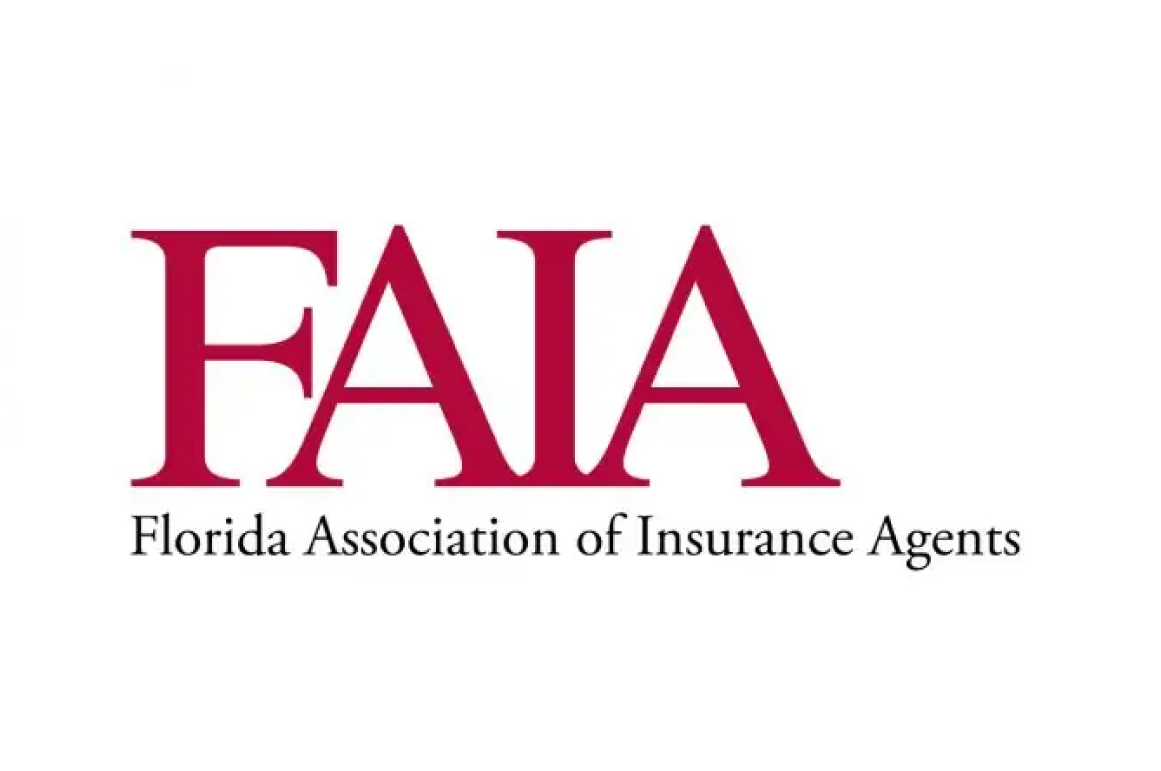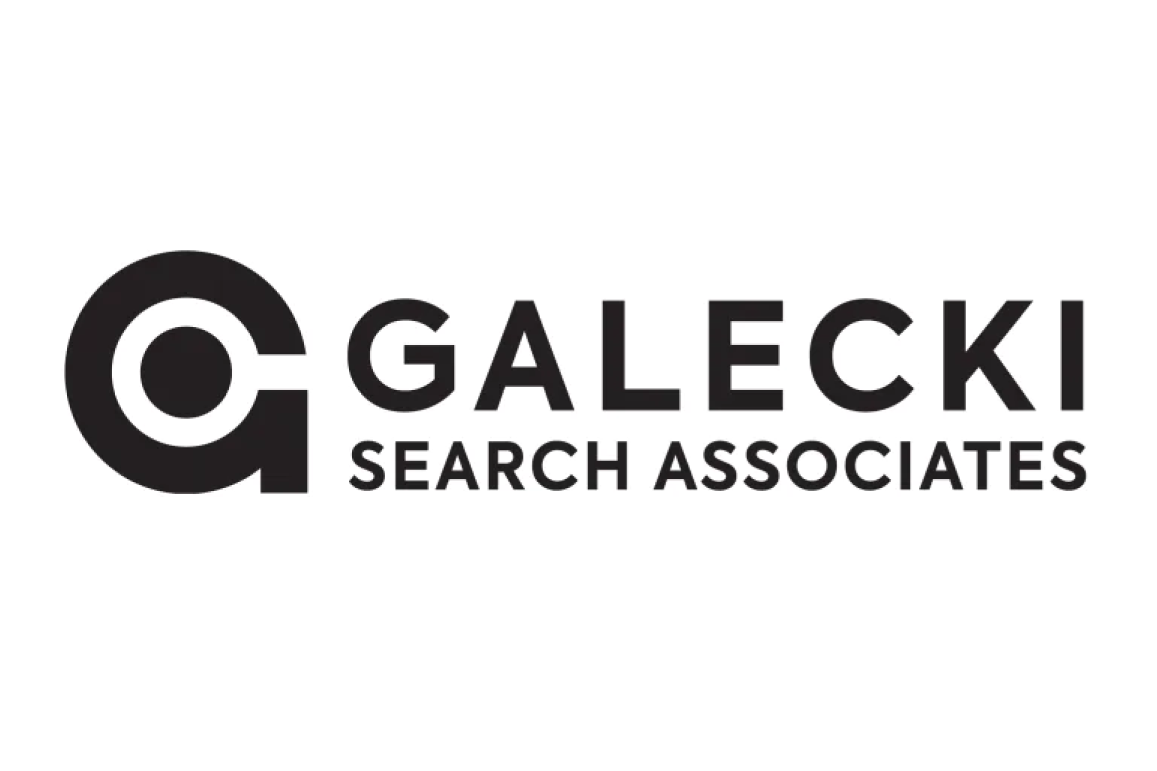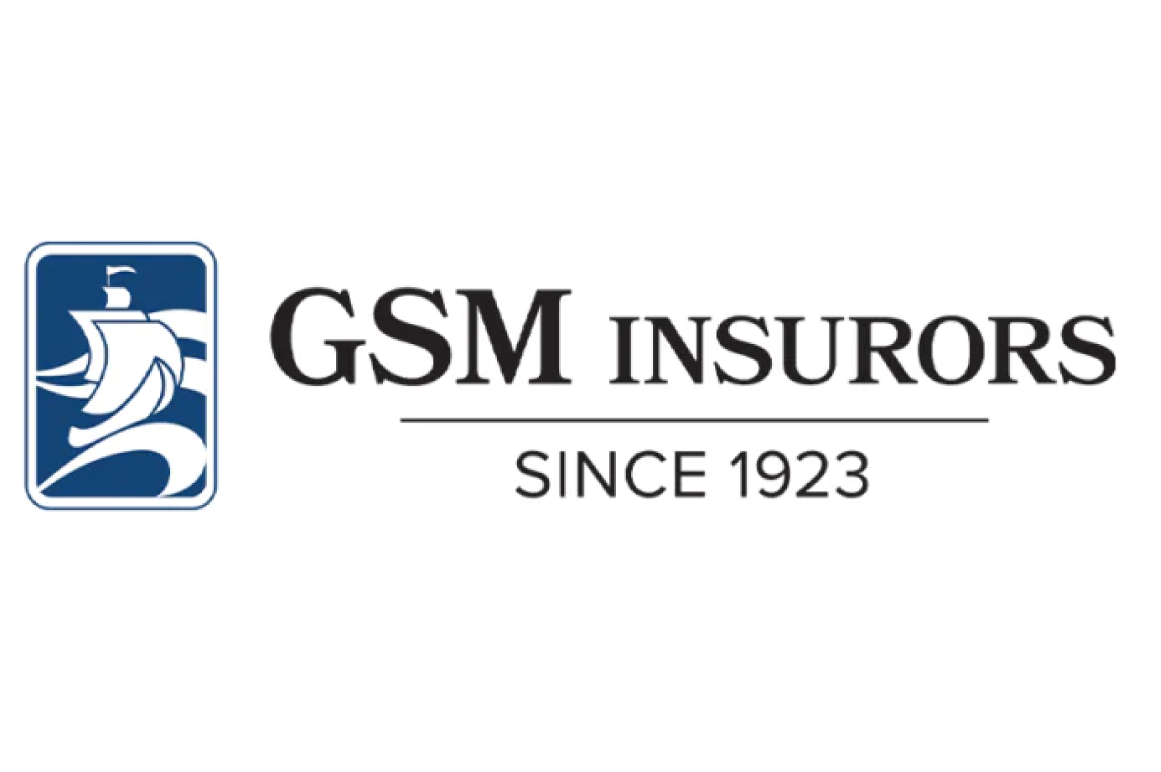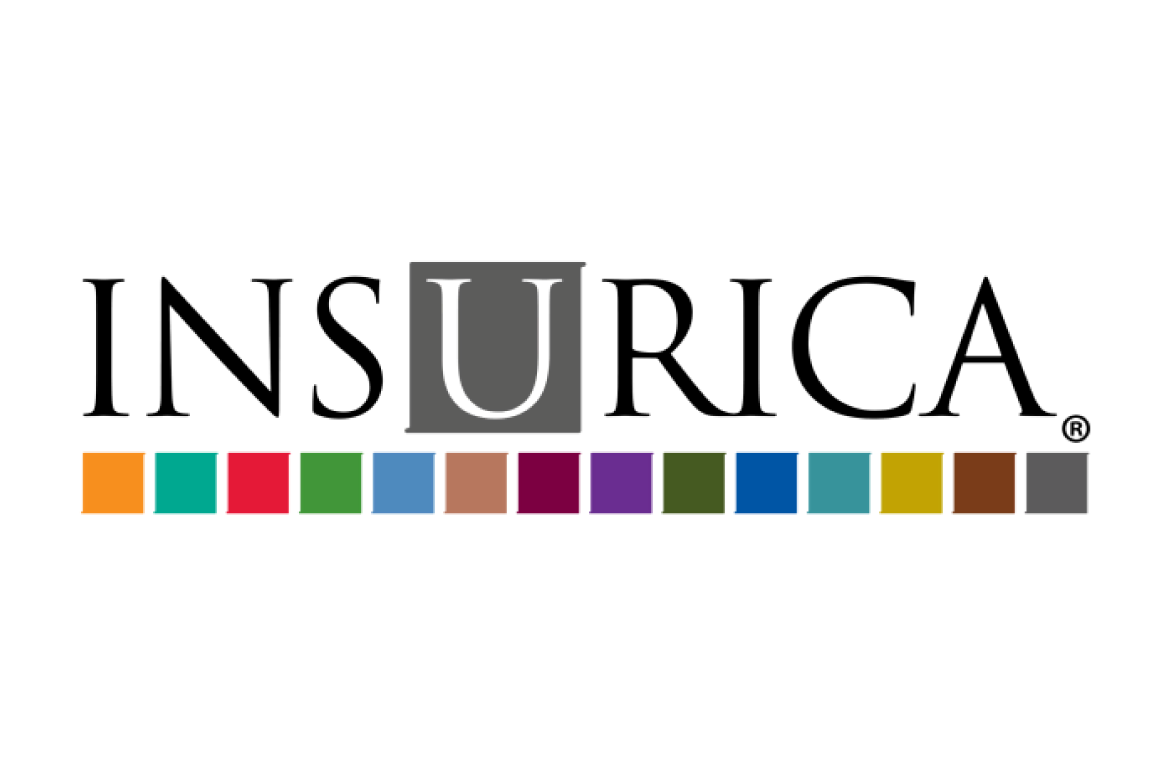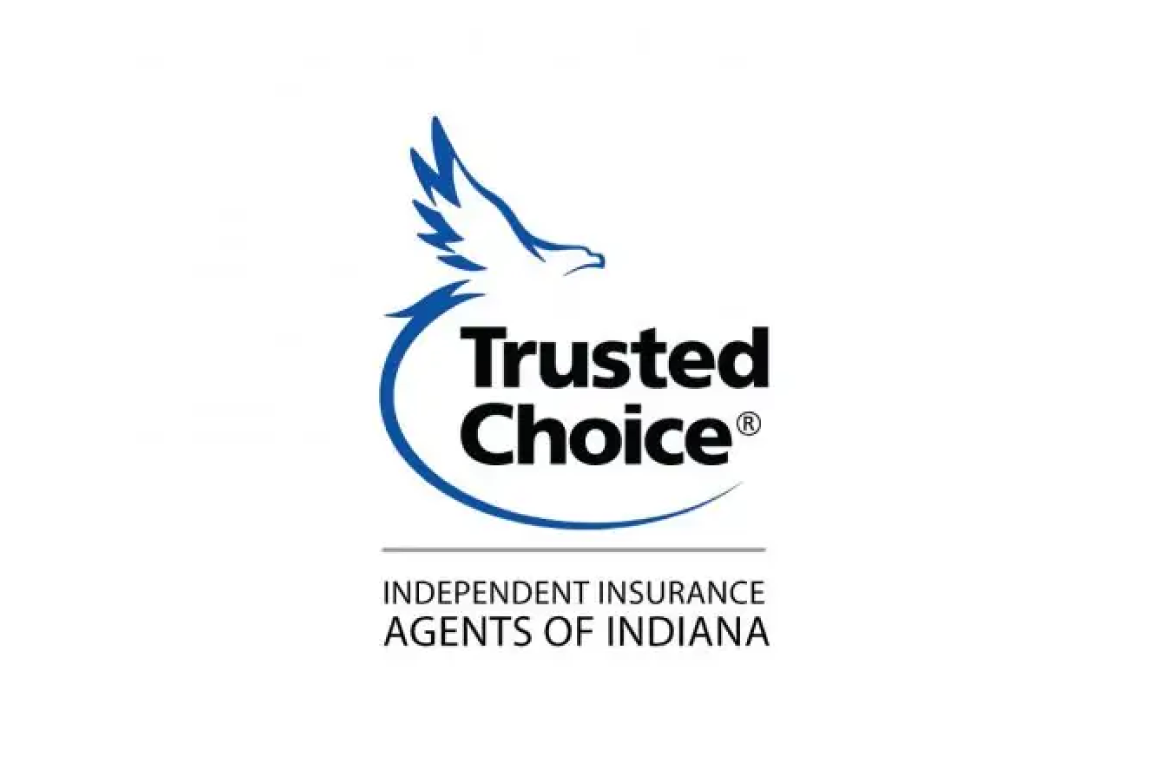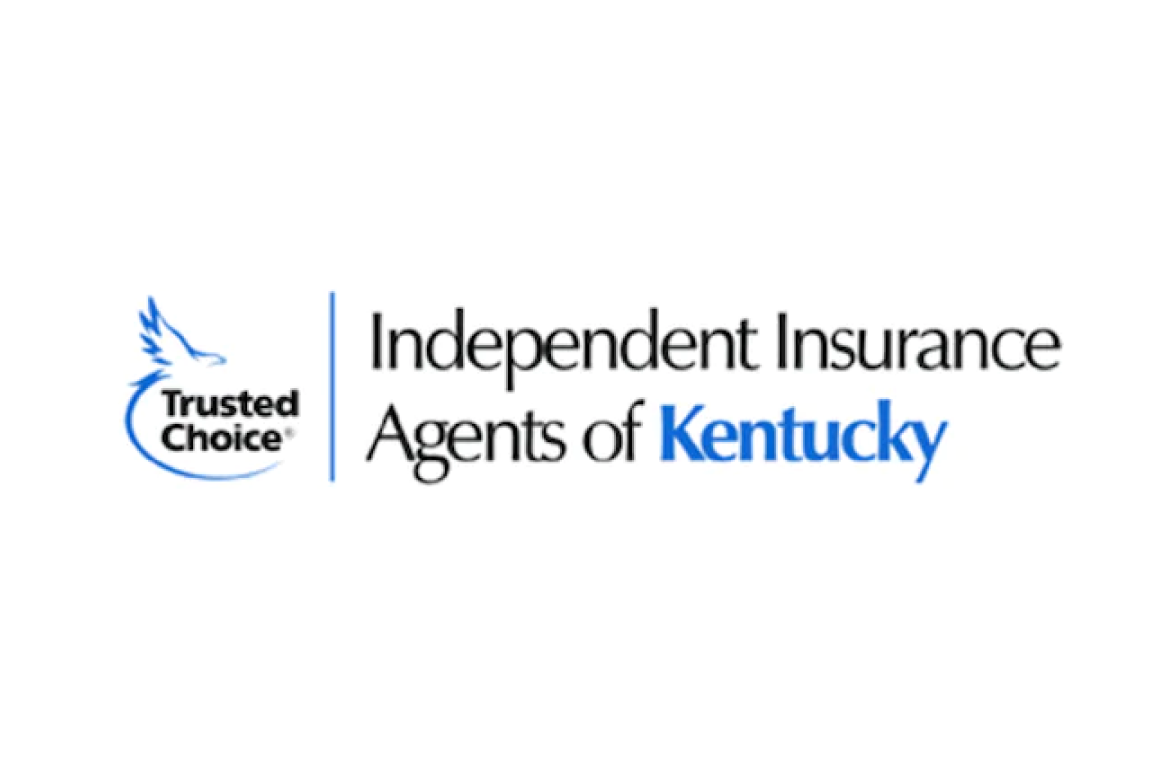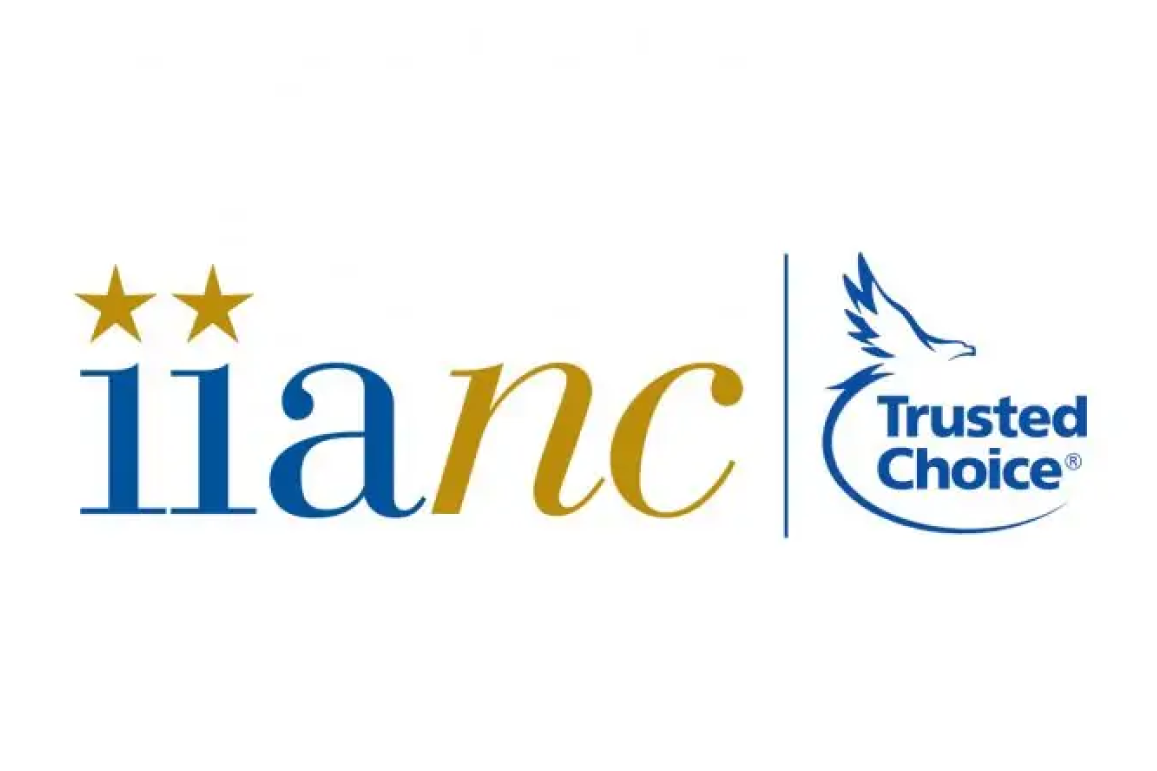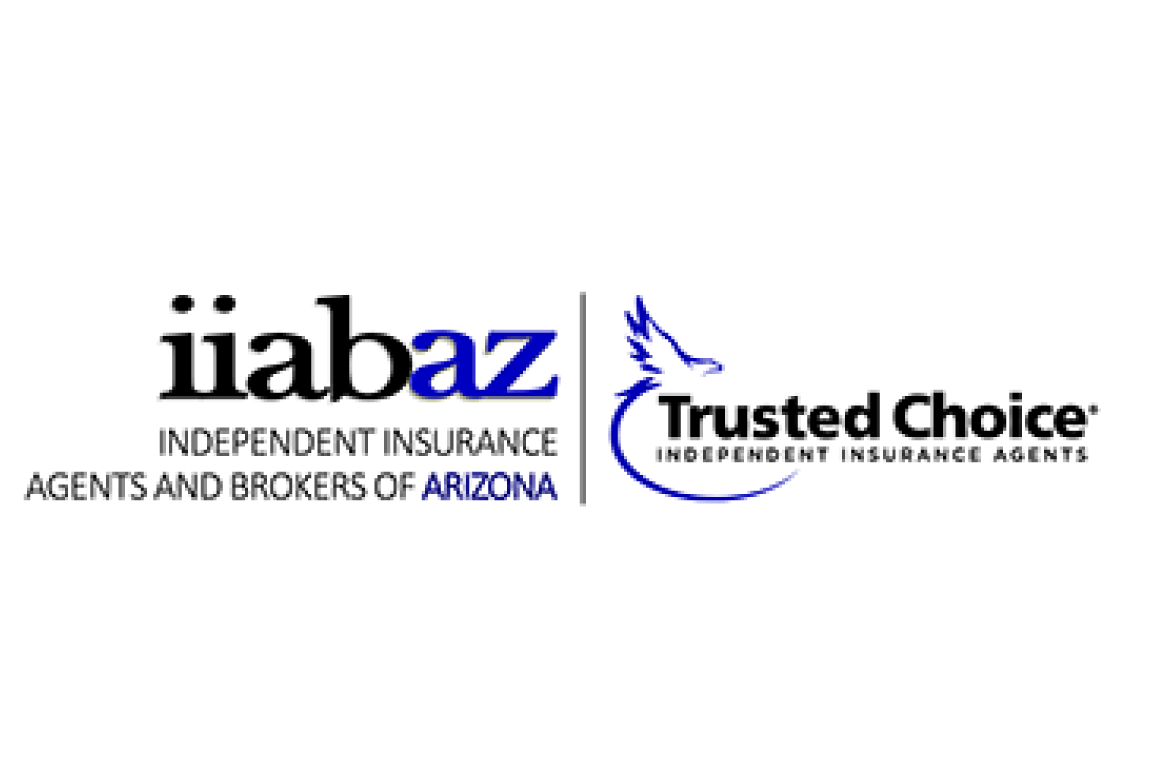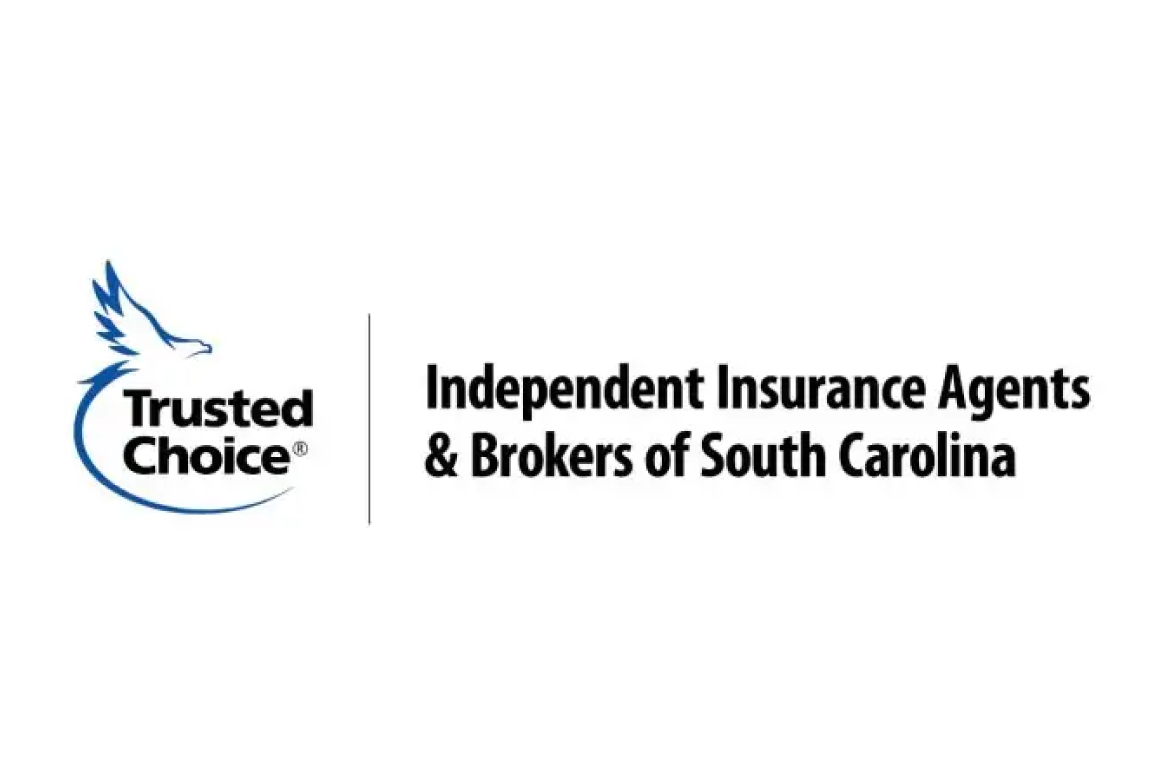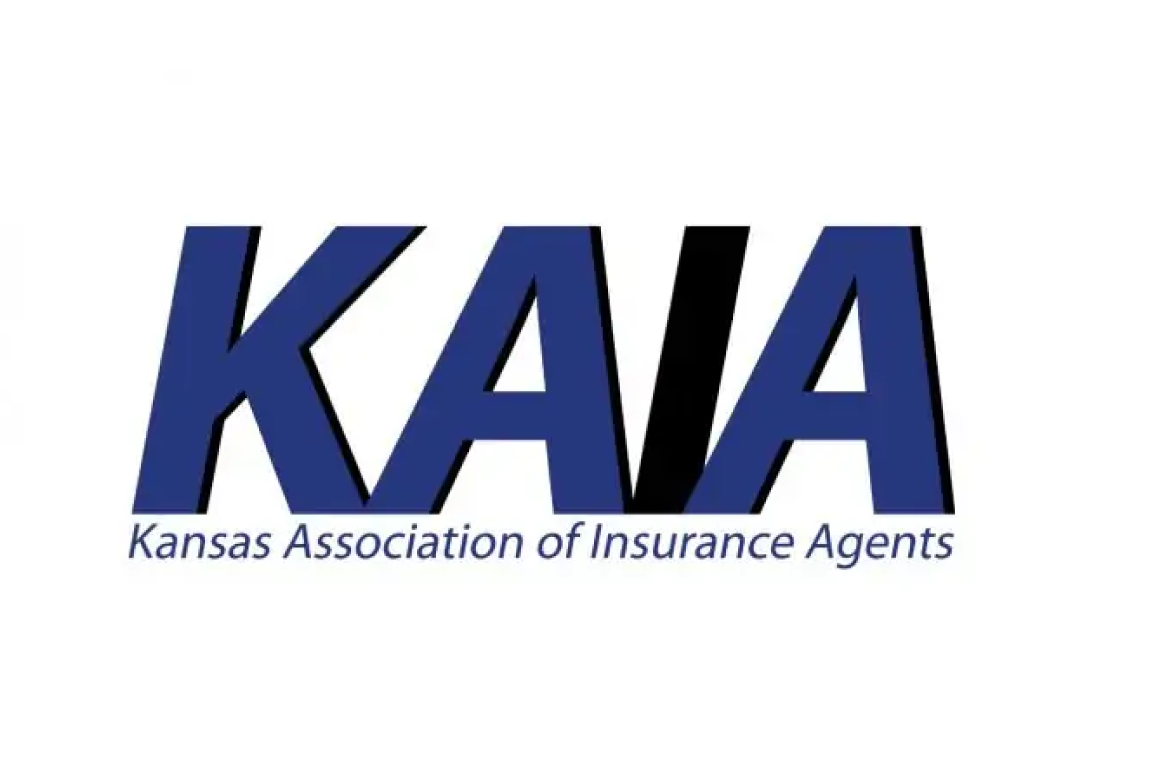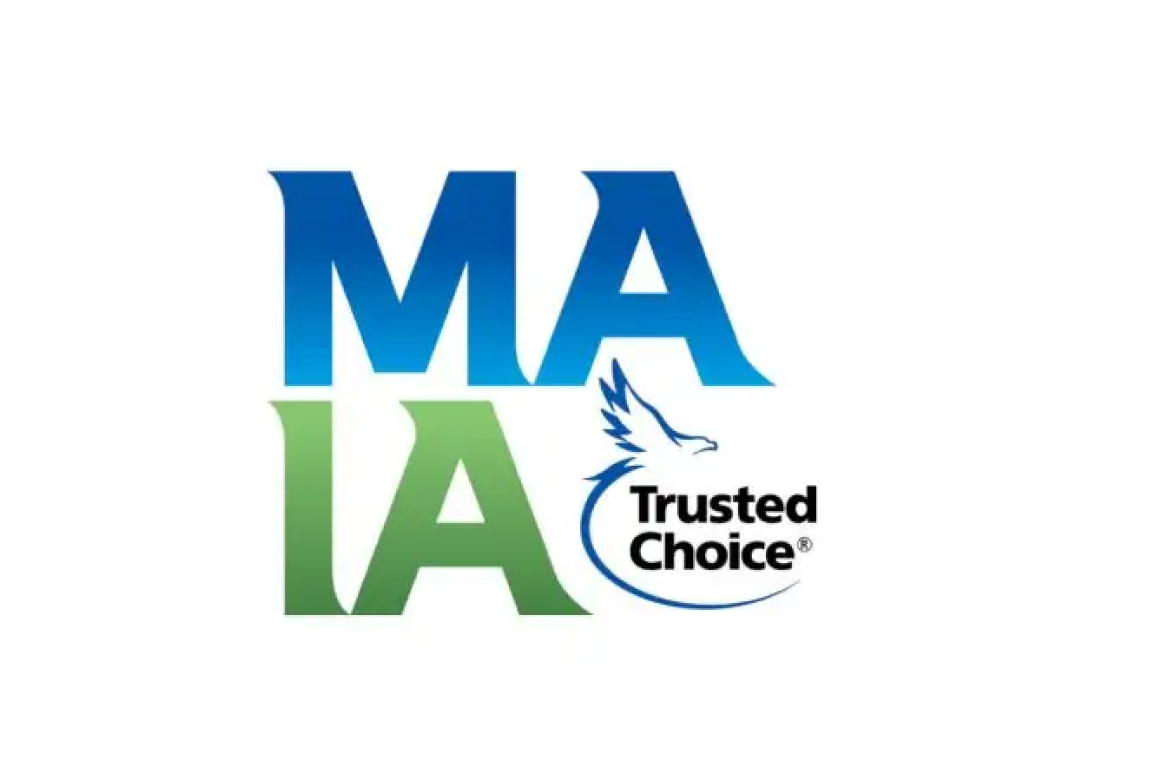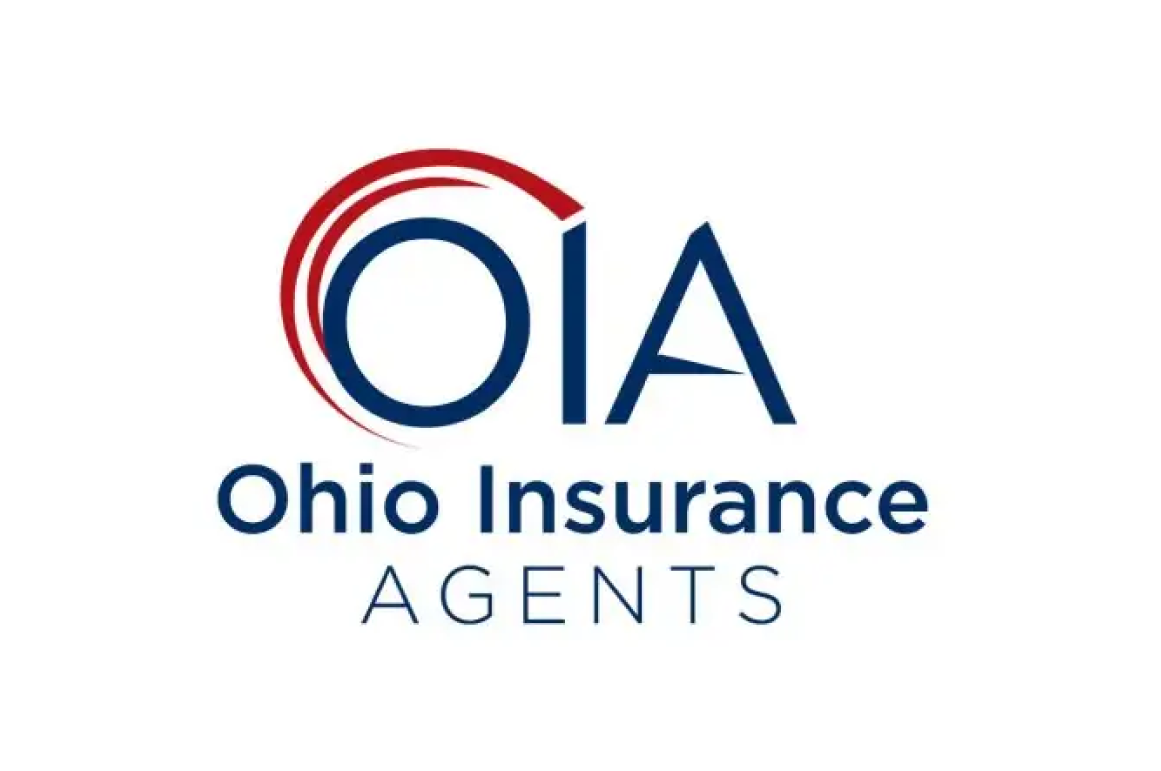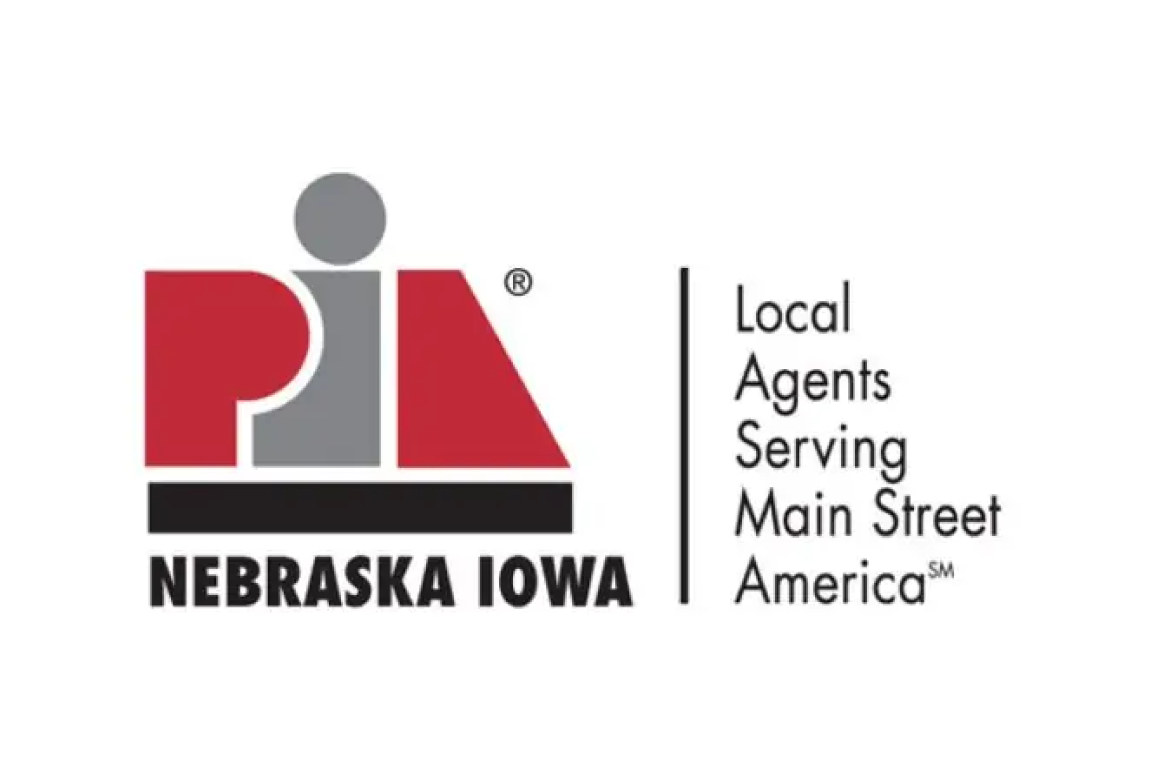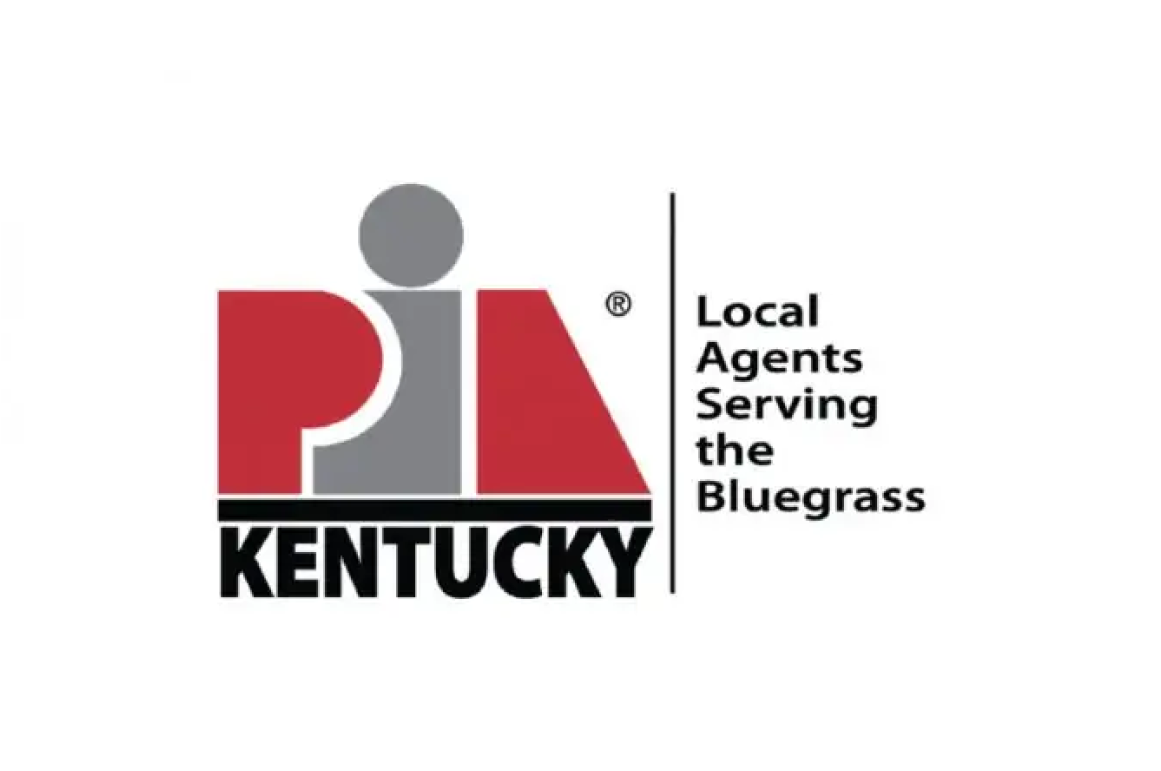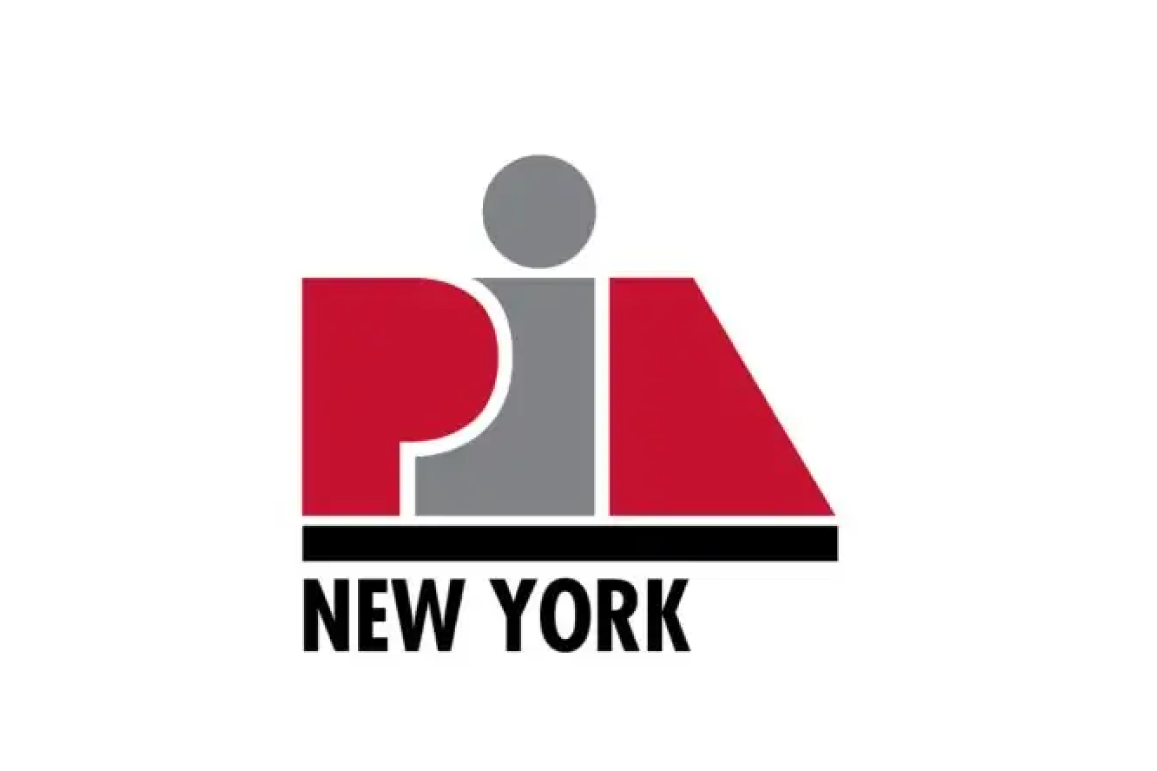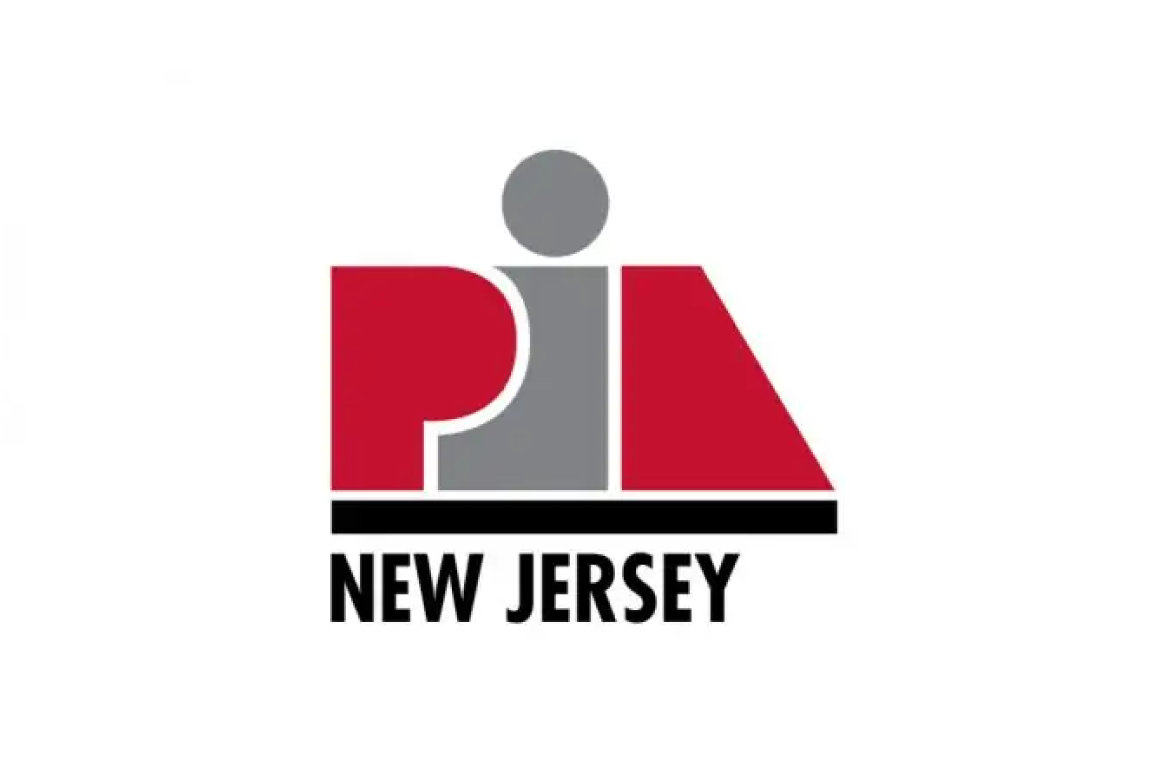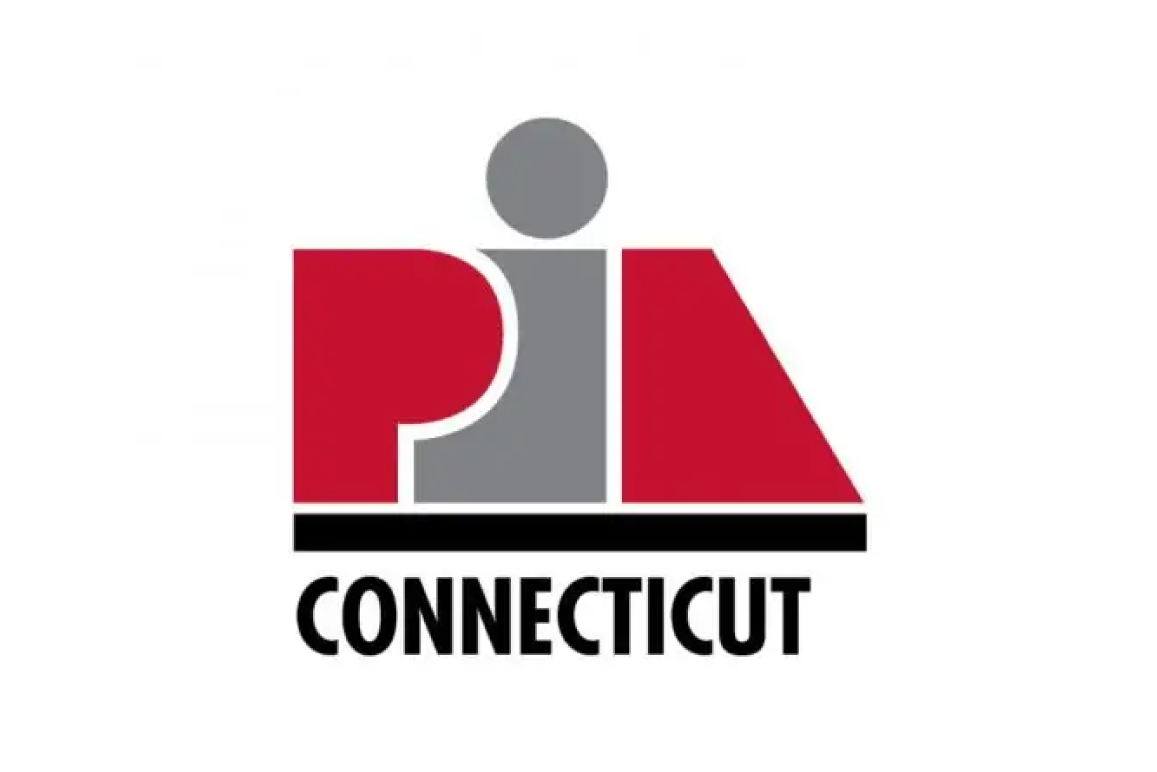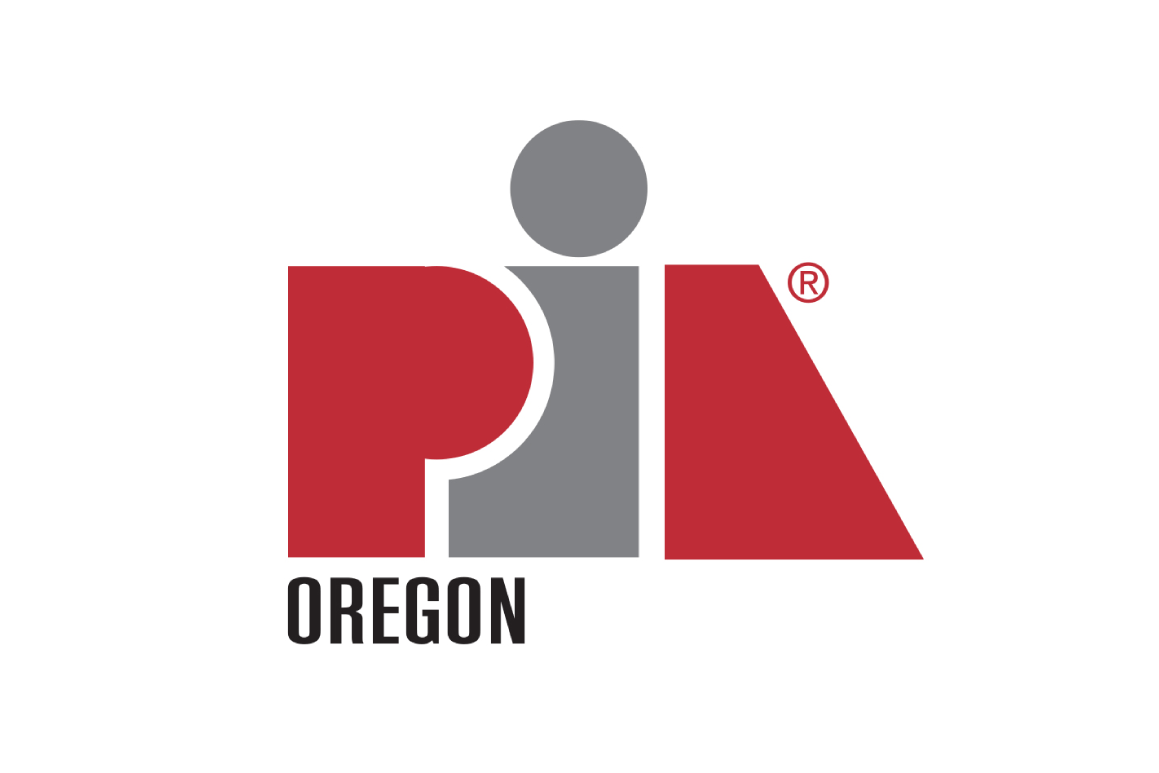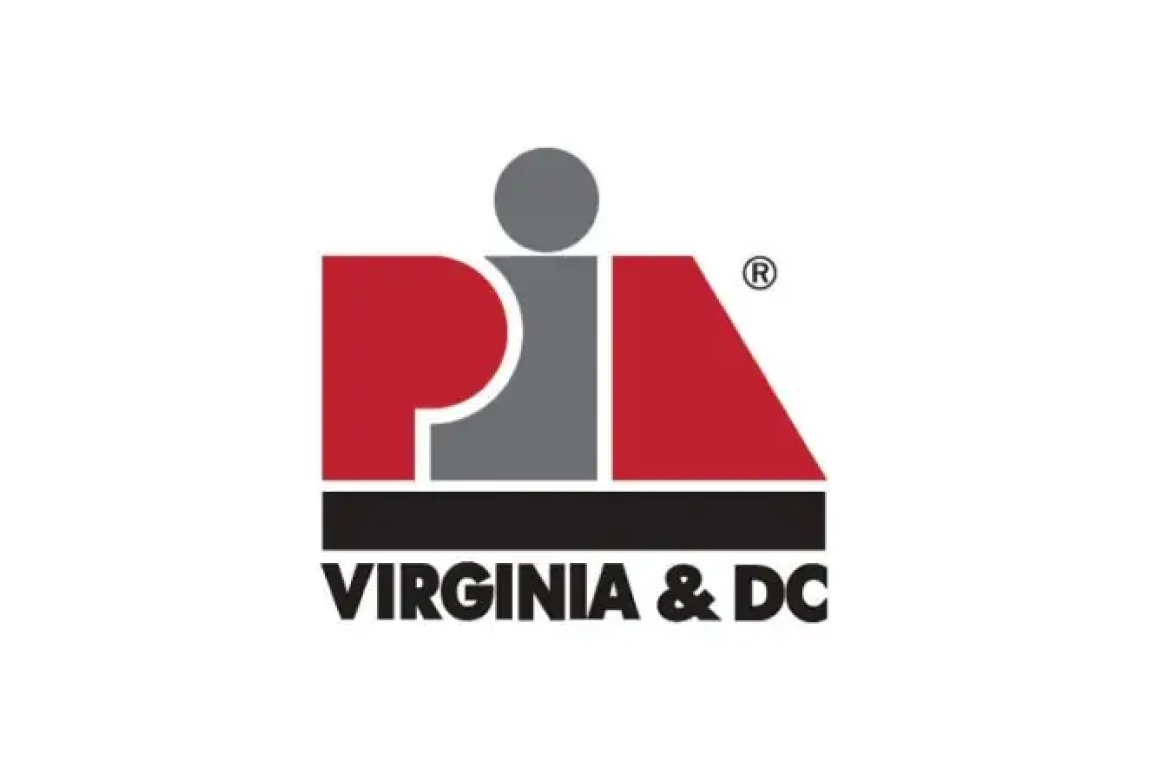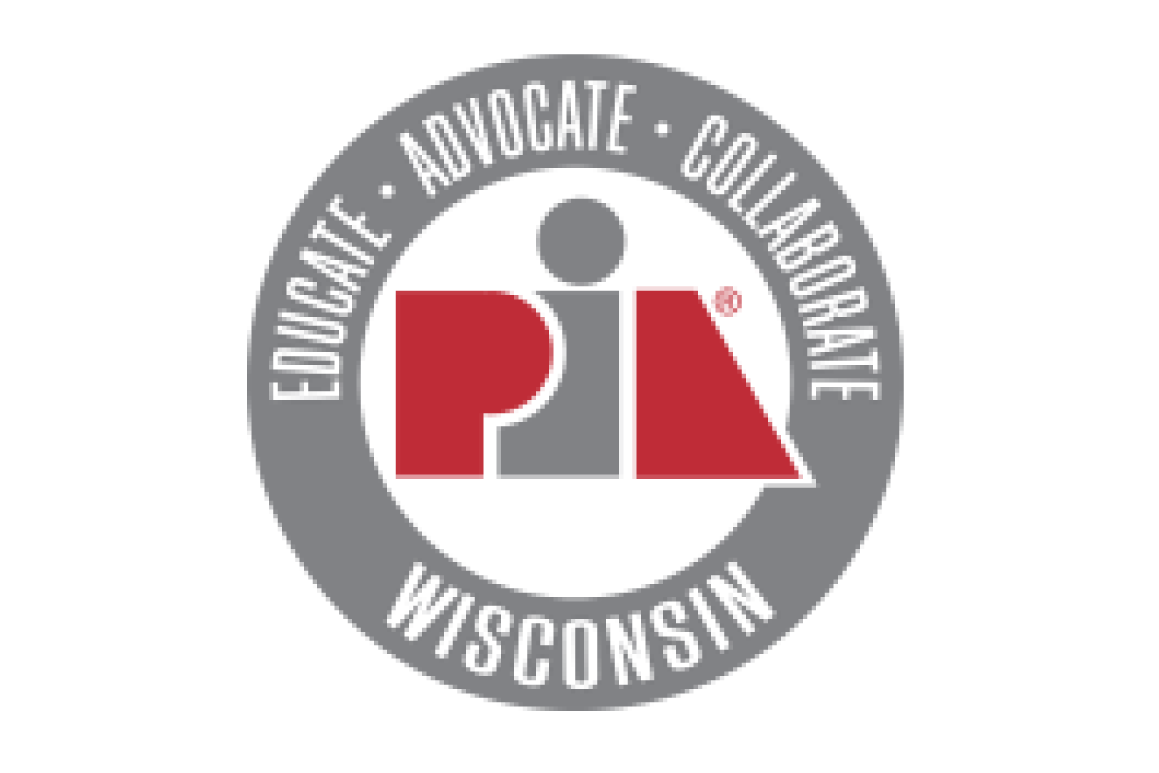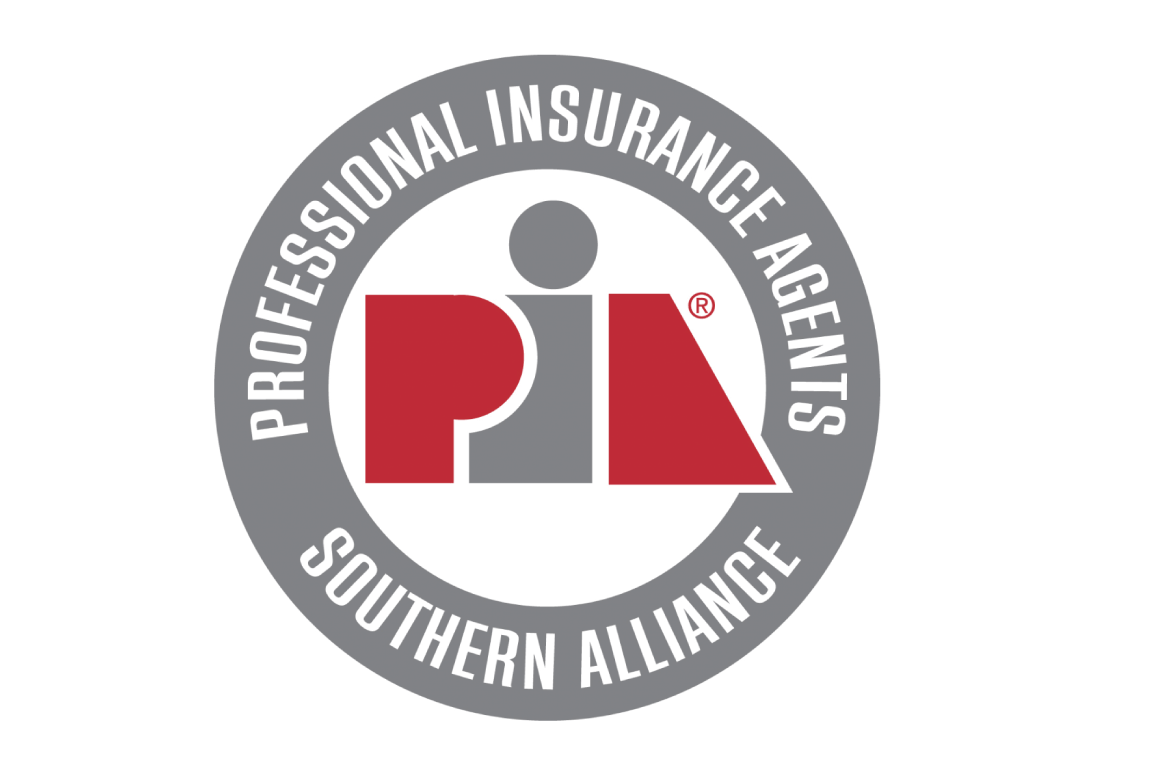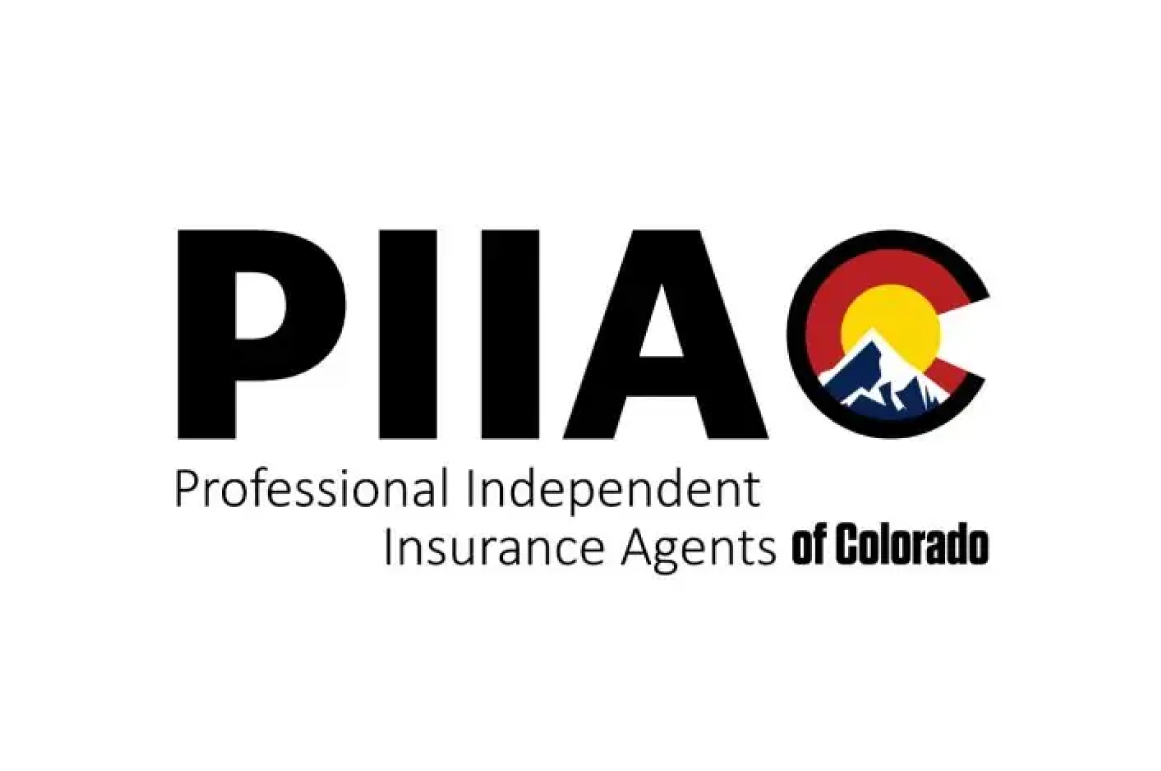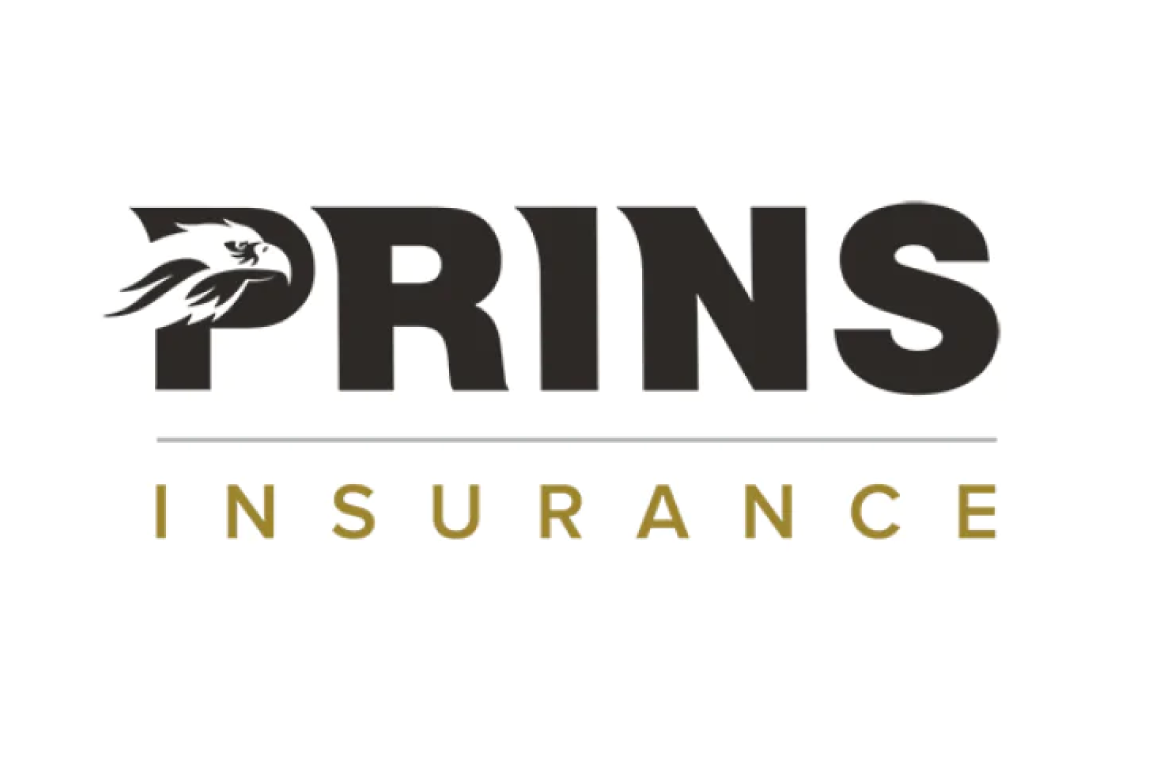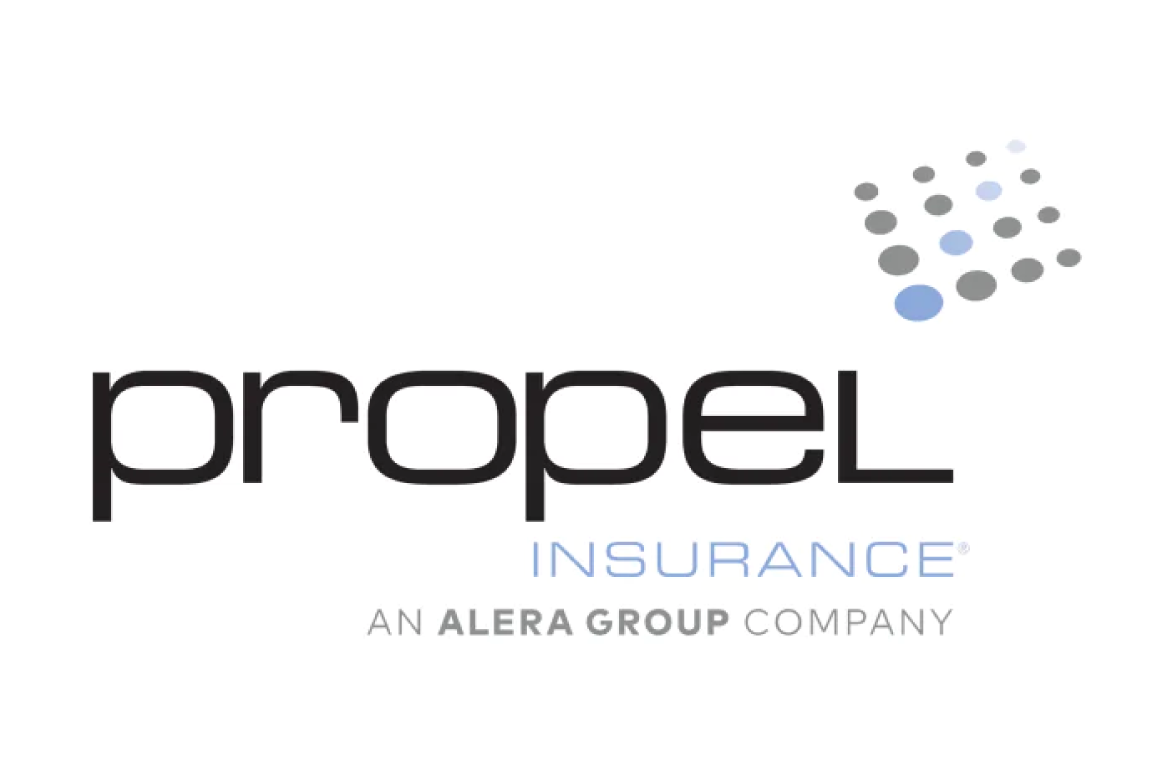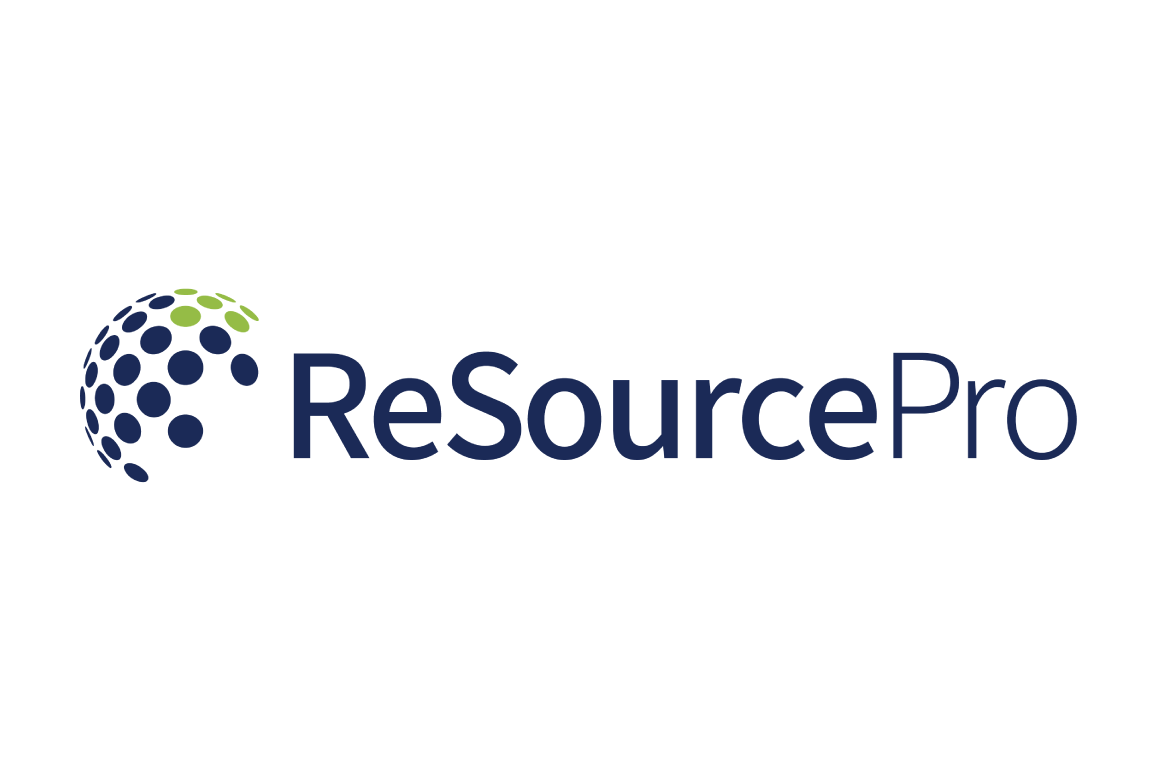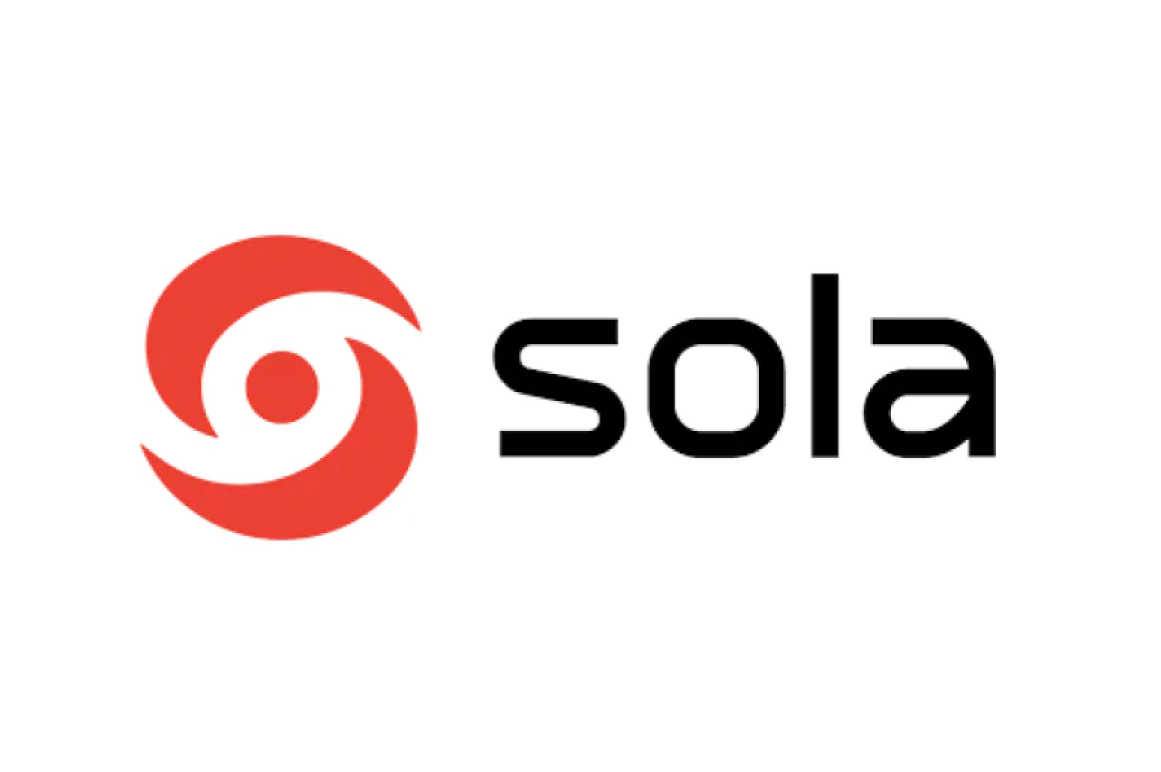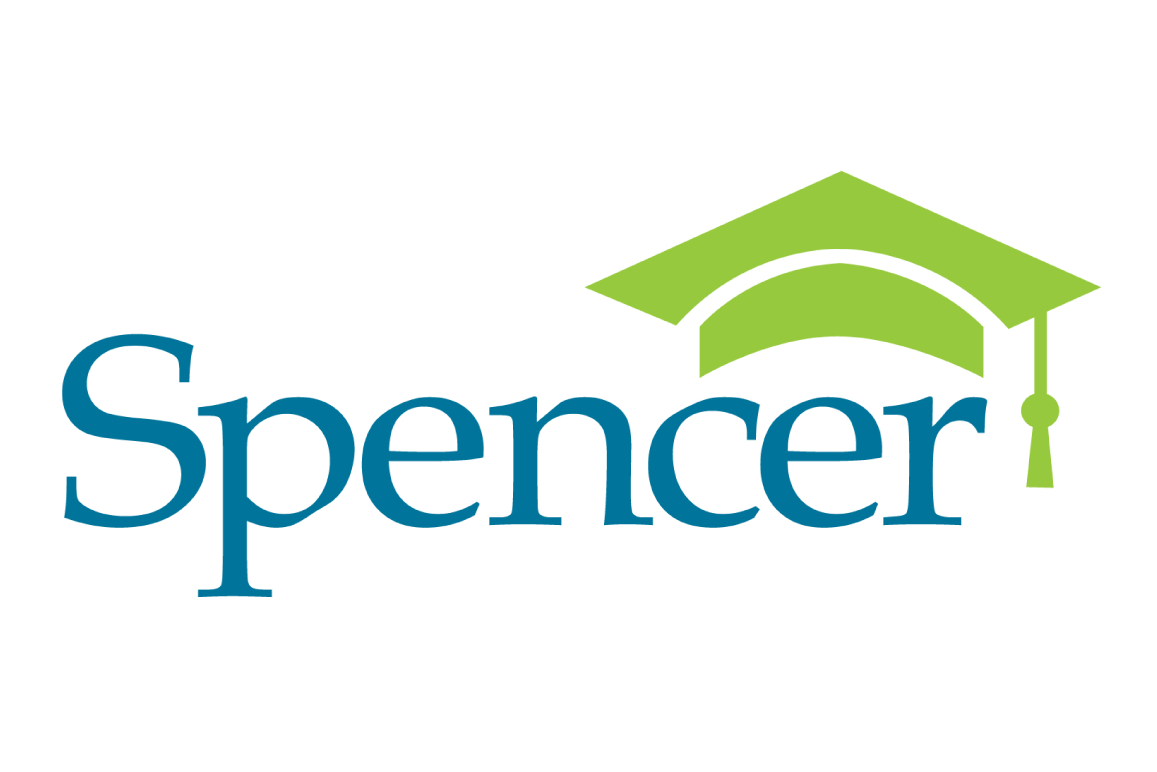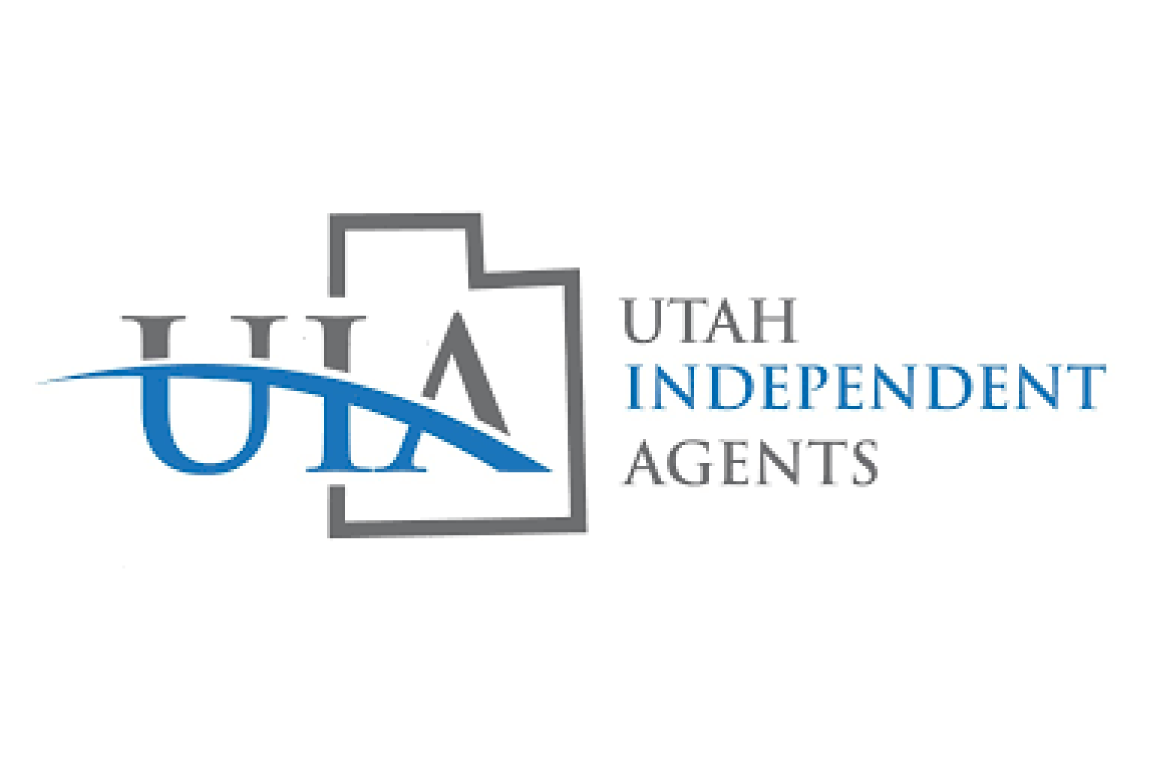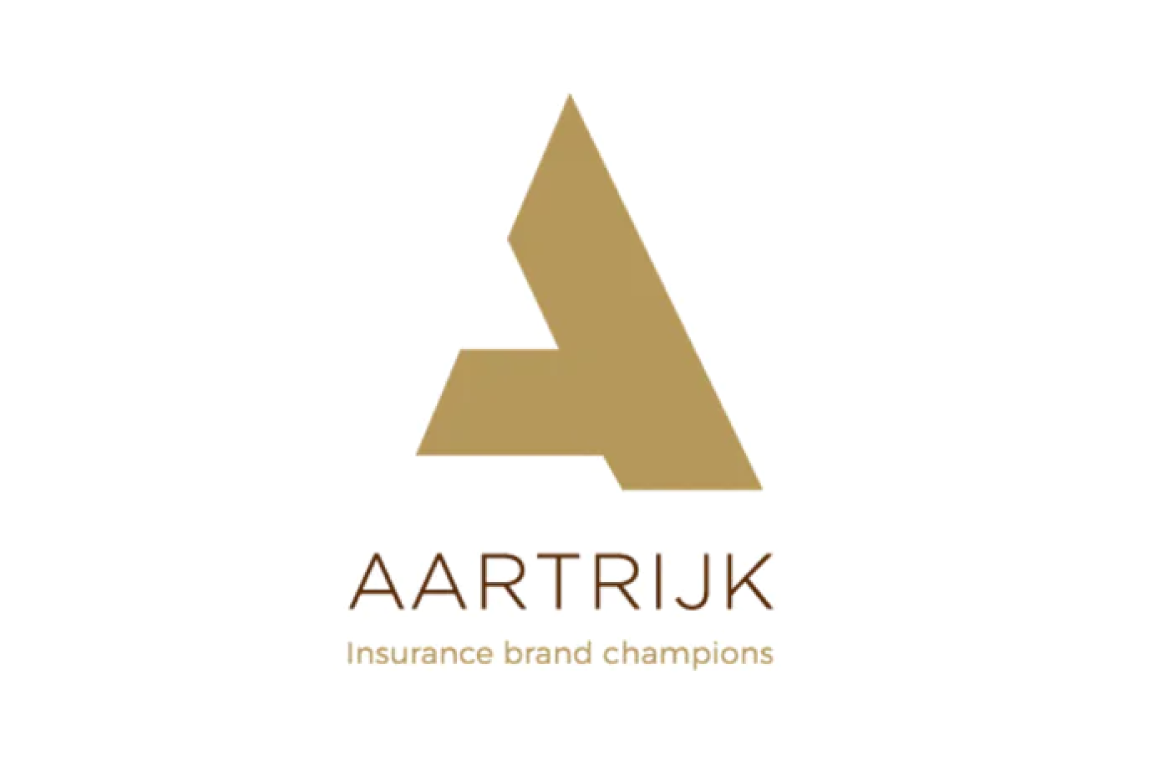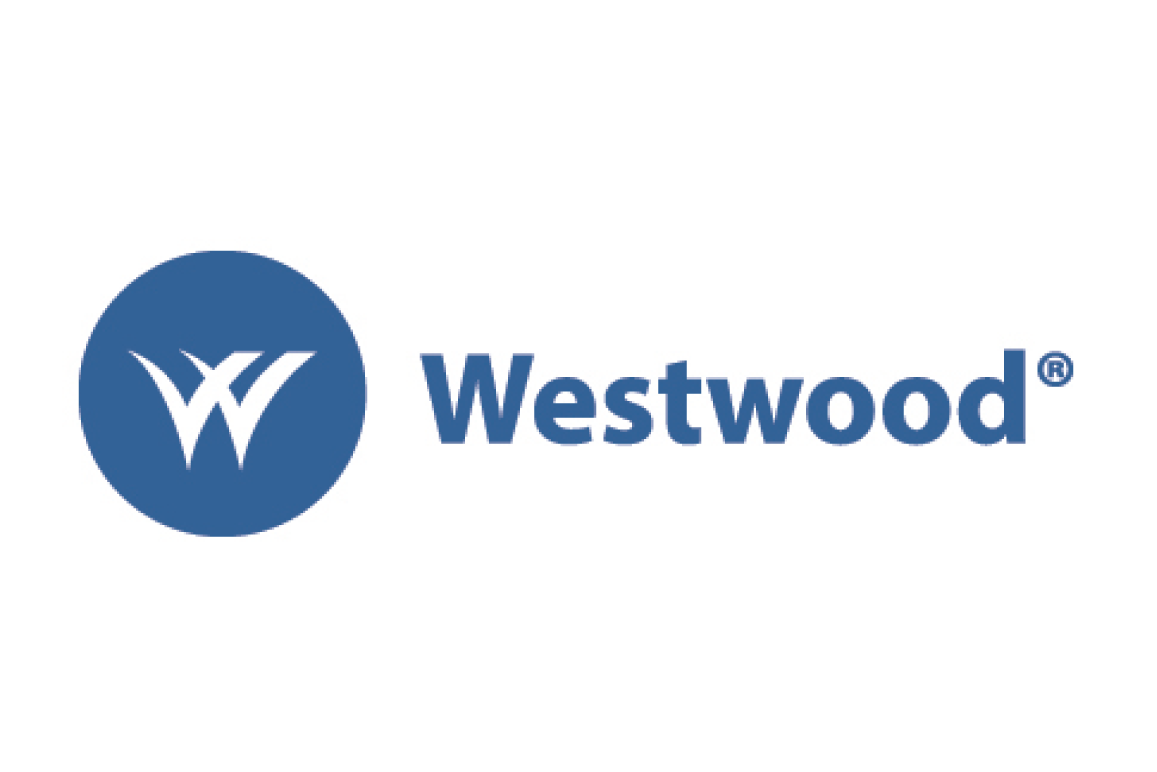By Diane Masterson, CIC, CPCU
Twenty-five years ago my business partner, Ken Fields, and I were tapped to create a new one-of-a kind program designed to help agency owners who represent State Auto Insurance Companies bring on new producer talent and then work along-side those producers for a year. Our CEO at that time understood two things: agency owners were challenged by finding and training new producers, and new producers needed support beyond coverage and basic sales training that couldn’t be provided by agency owners who were way too busy running their agencies. This remains one of the ways that State Auto continues to support the growth of our industry.
Over a six-month periodKen and I used our backgrounds in recruiting and training new agents along with the skills we developed as insurance trainers to develop The PaceSetter Program®. During that time, we asked ourselves countless questions. Do we have the program mapped out in the right way? Will agency owners be okay with us essentially managing their new producers’ sales activities? What about giving them guidance on effective prospecting habits, sales processes, and sales tactics? And will it be successful? With the help of our company field representatives, the first class of “hand-selected” independent agencies and agents started their journey with us in March 1997. Obviously, it’s worked. Here we are 25 years later, and in July 2021 we’ll be bringing on our 50th class! And the program continues to grow. You may be wondering how the program works and if there are some ideas you can take away to help you in your agency. Well, read on and let’s find out.

What Gets Measured Gets Done
At the core of effective sales management is the development of a sales plan, a series of measurable must-do sales activities, and accountability—the practice of holding producers accountable to the activities that produce results.
After all, what gets measured gets done. Of course, the plan will look different in different agencies, and even the processes will differ. However, a plan and a series of measurable processes are a must. Without measuring what gets done and holding new producers accountable to the right actions, your desired result just won’t happen.
Yes, I know that holding people accountable isn’t why you went into the insurance business—and you think people should just hold themselves accountable—but they don’t. Think about it and you’ll realize that usually there is someone in your life who is asking about your results! It takes valuable time, and it’s not easy, but to me, it’s the most important element when it comes to driving sales in your agency.
In the “good old days” we’d just hire someone we liked and then tell them to go out and sell. Well, how’s that working for our industry? It’s not, when you consider that two-thirds of new producers don’t make it through their second year. Compare that to our results in PaceSetter—two-thirds do make it. Now you know that part of our secret sauce: accountability. So let’s back up and take a closer look at the plan that’s worked for us for 25 years.
The plan begins by vetting who we choose to be in our program. And that is dependent on who the agencies hire. After 25 years I can assure you of this: by taking your time and being very selective, you will save valuable time and money.
Next up is training. What we learned in our initial pilot before we launched PaceSetter was the importance of providing structured training in the new producer’s primary line of business. In the pilot we only “touched” on product training. As a result, the producers didn’t have the confidence needed to make the number of cold calls that we required—let alone to get the number of new business appointments or sales they needed. We quickly pivoted to a robust technical and sales training program.
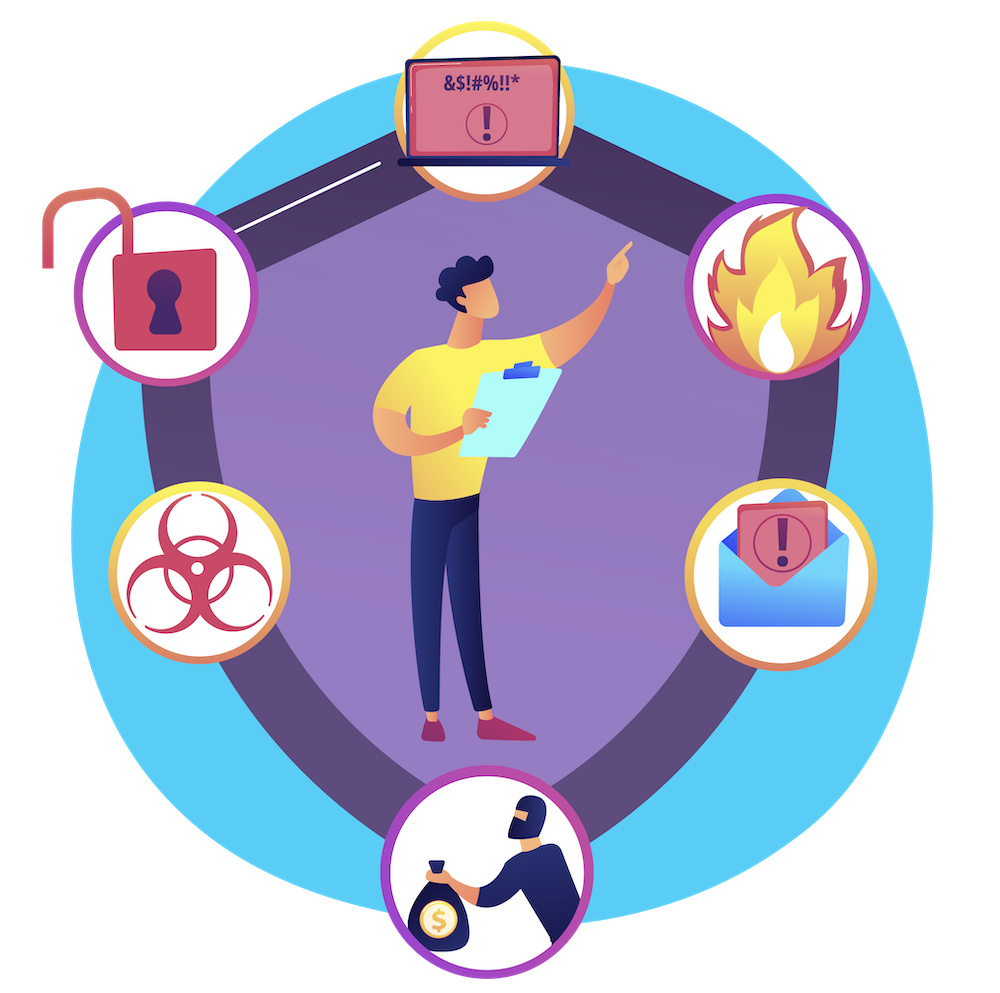
Coverage Training
It’s important for you to be aware that PaceSetter is a year-long program, and the year begins after our producers have received training through our Producer Development Program: two weeks of intensive coverage and sales training for commercially focused producers and a one-week program for those in personal lines.
Once the agent is licensed, the training platform we developed includes an intense self-study coverage designation program followed by a week-long in-person training program conducted by some of our top field people. Due to COVID we have moved to a virtual classroom for this training now.
We do require a producer focus primarily on one line of business during their year with us. Coverage training includes a review of the most widely used coverage forms, but we also discuss claims scenarios and the online rating platforms. In addition, we cover what makes a risk eligible (or not) to help the new producers identify key risk factors and other underwriting considerations.

Sales Training
As important as coverage training is, sales training is king in our world. Prospecting and sales skills will make or break a new producer. We spend six days teaching, role playing, and practicing core prospecting skills. The “Dynamics of Selling,” a National Alliance sponsored program, has been an important part of our program.
Commercial Lines Prospecting Skills: Not only do we discuss client needs, different prospecting methods, and solid follow up techniques, but each producer also practices each skill in our classroom. We also work on the use of social media. An upside to COVID is our folks have had to further embrace the use of video for prospecting and follow-up activities and learn how to use video conferencing for firsttime appointments and presentations.
Personal Lines Prospecting Skills: Just like the commercial side, the whys and hows of prospecting are a part of the one-week training experience. Although there is a lot of cold calling involved, learning how to use their network (friends and family) and build new networks with realtors, bankers, direct writers, and others are core to this side of the program.
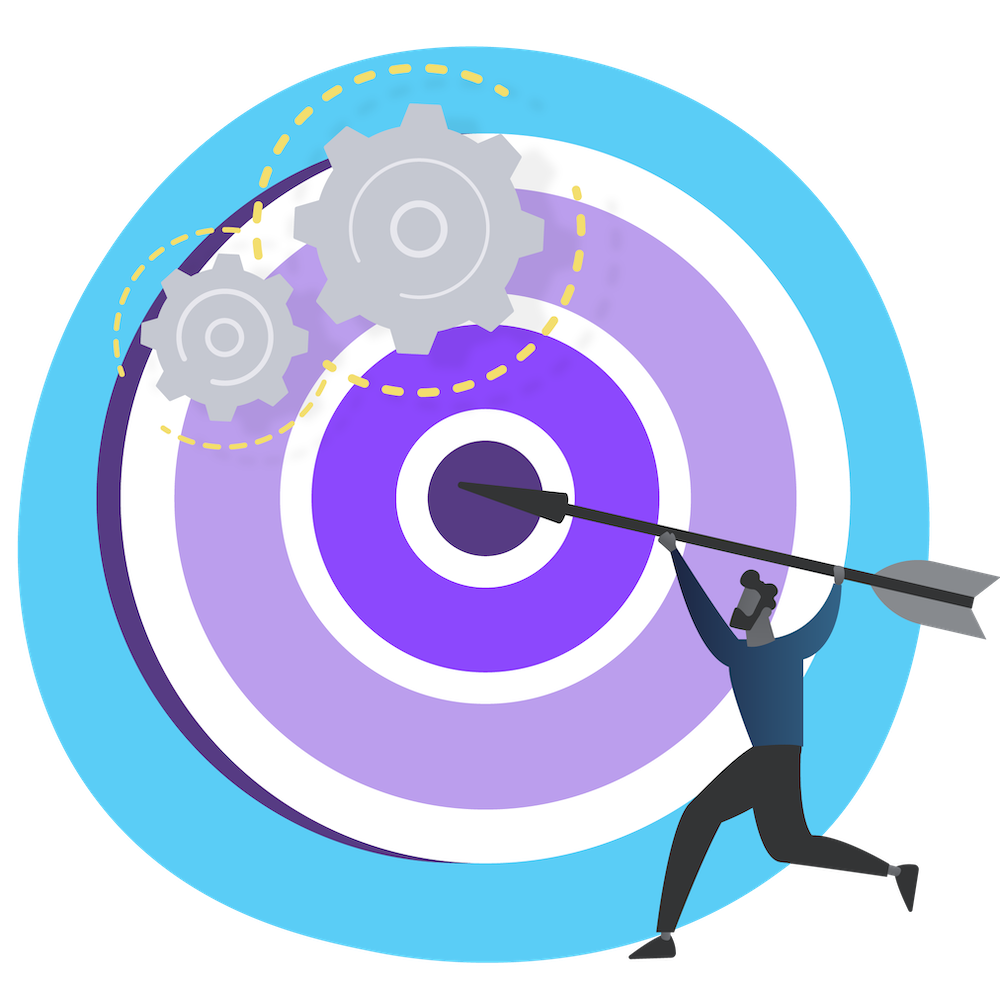
Prospecting Objectives
I’ve seen new producers falter (before they begin PaceSetter) because they lack the know-how of what they need to do and how much they need to do to be successful in building their book of business. In PaceSetter, they know exactly what and how much they need to do. Our planned approach is based on x-dates, not appointments. In their first quarter, x-dating is the number one goal, dropping back by the x-dates leads (multiple times) is their second goal, and then we focus on appointments. Our philosophy is that building a bucket full of x-dated leads and consistently following up on these leads will result in appointments—and writing business will follow shortly. It’s sort of simple: if you don’t have enough leads to consistently call on, sales will be up and down at best.
Here are our weekly requirements for commercial producers during the first quarter:
- 40 CL x-dates 20 drop-ins (follow through with the x-dated leads)
- 2 Centers of Influence appointments (by the third or fourth week, a producer has enough leads to begin lining up their first appointments)
For the remaining three quarters of the year, these are the weekly requirements:
- 3 – 5 first time appointments
- 30 drop-Ins
- 20 x-dates
- 3 centers of influence appointments
- 2 referrals

Accountability
As a sales manager, here is the creed I’d suggest you follow:
“Thou shalt have a 30-minute sales coaching meeting EVERY WEEK with my new producer(s).” Notice the wordsEVERY WEEK. At all times I have between 50 and 60 new producers I’m working with. That’s 10 to 12 30-minutecoaching calls a day. How? I commit to it. And if I’m called into a mandatory meeting, I reschedule that call for later in theweek. I can’t emphasize enough the importance of committing to this activity. New producers are just that—new!
Everything they have to do to be successful is not natural to them, nor do they have the skills (yet). They are nervous, and some of are scared. You are their rock, their motivator, and their coach. And yes—you are sometimes the person who has to put the hammer down.
The #1 lesson I’ve learned is the importance of consistently meeting with these new folks. They need it. They need YOU. And you need them to be successful. The good news is that if you do it right, they may be more successful than you ever dreamed was possible. So hire the right person, train them right, hold them accountable! That new producer could just be one of your most successful insurance professionals.
About the Author:
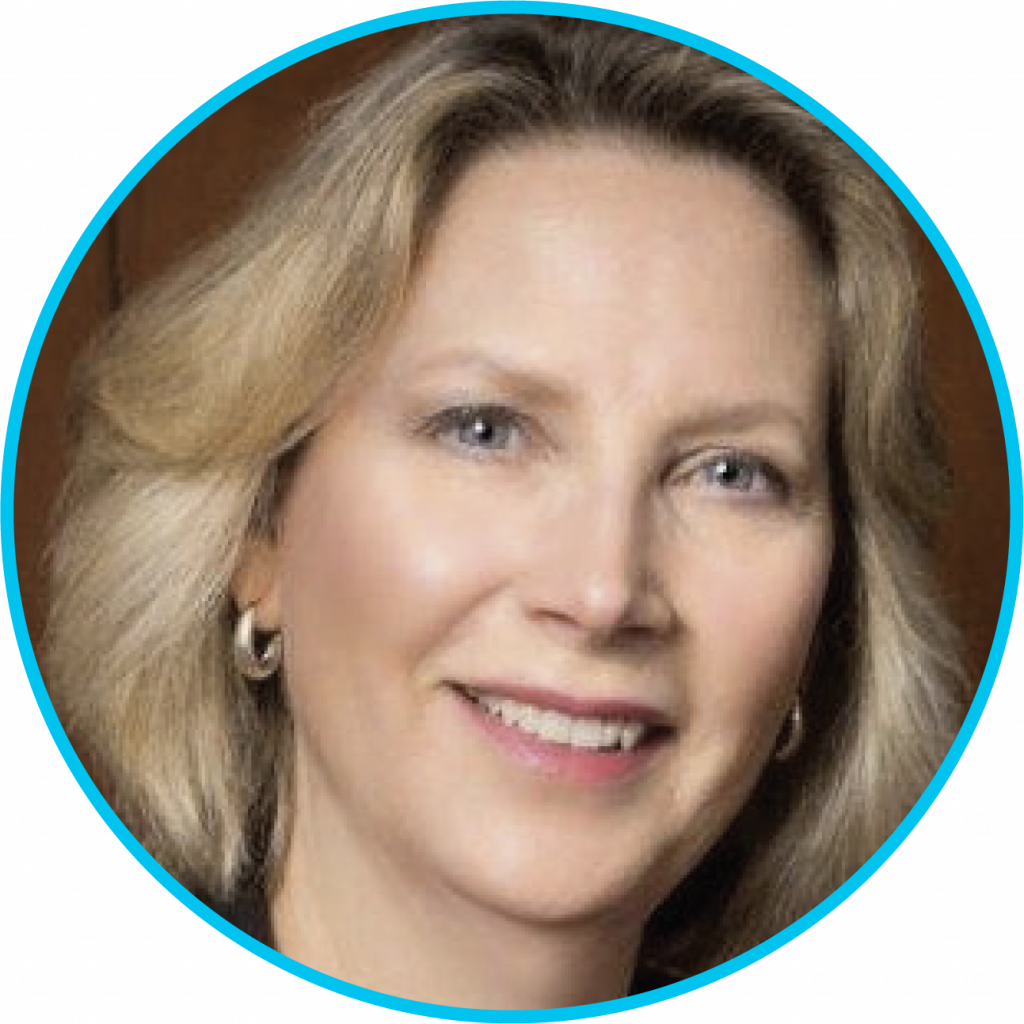
Diane Masterson, CIC, CPCU
Diane has 40 years of experience in the insurance industry. Diane was elected to The National Alliance Research
Academy Board in 2019. She is also a faculty member for the National Alliance for Insurance Education & Research,
where she teaches sales management, carrier/agency relations, MEGAs, and is expanding into the CIC program.




